In 2024, I once again moved to a new place. I returned to my home country of Denmark and started work as an excavating archaeologist in Thisted in the northwest of Jutland! While I spent many weekends exploring this new home region of mine alongside my dog, Minnie, I also found time for quite a few adventures both elsewhere in Denmark and overseas. However, much like in 2022 and 2023, I didn’t visit any new countries, but I did visit a new territory – the Belgian/Dutch exclave-puzzle city of Baarle-Hertog!
In 2015, my favourite new destinations included the Westfjords in Iceland, Tallin in Estonia and the Whitsunday Islands in Australia. In 2016, some of my favourites were Howth in Ireland, Sultan Eshkashim in Afghanistan and Stóra Dímun on the Faroe Islands. In 2017, some of my favourites were Kharanaq in Iran, Gjirokastra in Albania and Cardiff in Wales. In 2018, my favourites included Baku in Azerbaijan, Lake Bohinj in Slovenia and Qaqortoq in Greenland. In 2019, my favourites included Kyiv in Ukraine, San Marino and Jerusalem. In 2020, some of my favourites were the Isle of Skye in Scotland, Jungholz in Austria and Lolland in Denmark. In 2021, I loved places like Vorsø in Denmark, Liechtenstein and Jæren in Norway. In 2022, my favourites included Belgrade in Serbia, Radava in Slovakia and Rostock in Germany. And in 2023, some of my favourites were Aberdeen in Scotland, Blankskáli on the Faroe Islands and Quinhagak in Alaska.
I explored ten countries in 2024, and while none were new to me, I did visit several new places, especially in Denmark and Italy! Below is a list of my favourite new destinations of 2024 in chronological order, including only those that I visited for the first time. This means that places like Thisted, Paris, Berlin, Děčín and Rome are excluded.
Crovie, Aberdeenshire, Scotland
On the north coast of Aberdeenshire in Scotland sits the tiny village of Crovie, situated on a narrow ledge. The village dates from the 18th century, a time when the sea was the only mode of transport in this part of Scotland. It comprises a single row of cottages, all overlooking the rough sea. Beyond a parking lot in its south end, Crovie is car-free as there is simply not room for a road!
Crovie is the smallest and most remote of several small villages in this stretch of the Aberdeenshire coast, and it’s best reached on foot from the village of Gardenstown to its southwest, which is also well worth a visit!
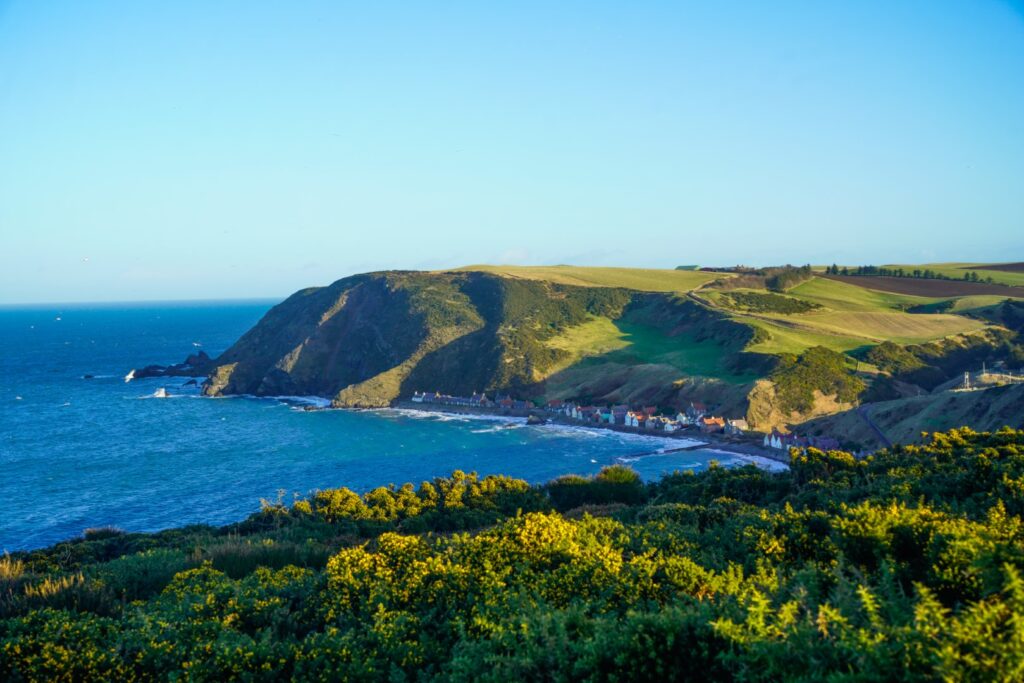
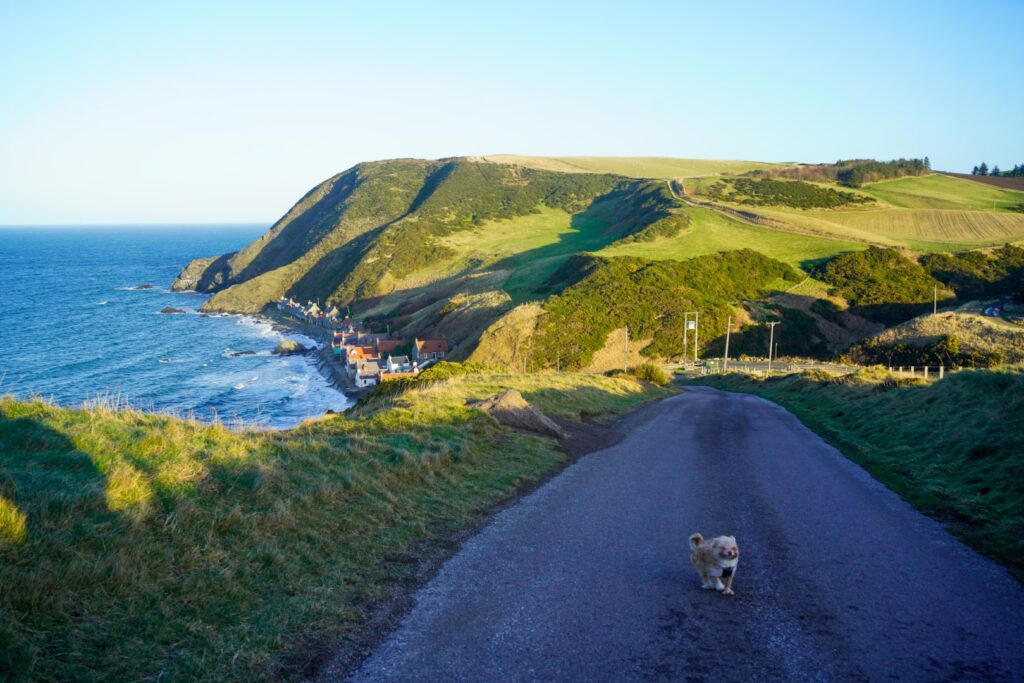
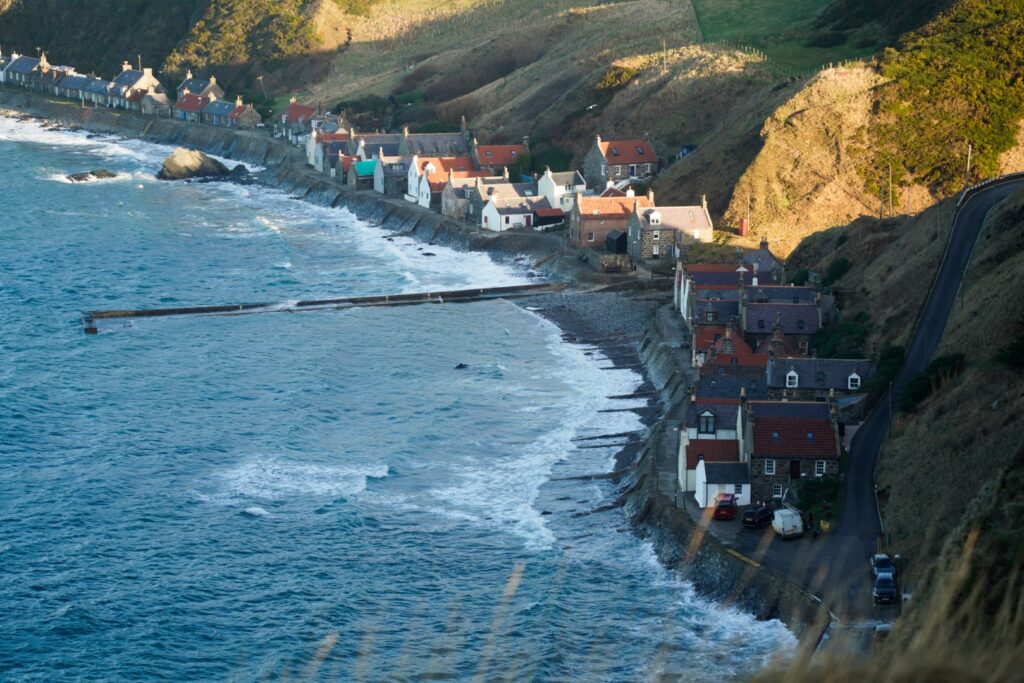
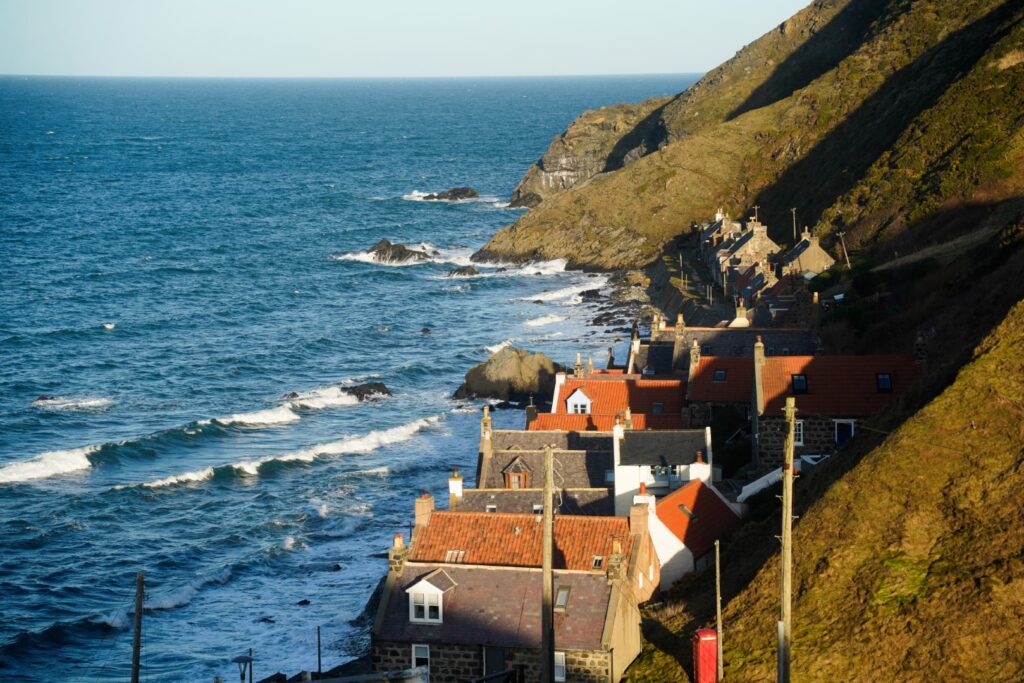
Sprogø, Denmark
Sprogø is a very special Danish island, located in the middle of the most important piece of infrastructure in Denmark – the Storebælt Bridge. However, the history of the island dates back way further than the bridge; it was used as a fortress in the 12th century, and from 1923 to 1961, it housed “deviant” girls who were practically removed from society and placed on the then-remote island.
Despite a highway running straight through it, Sprogø is not easy to access. While thousands of cars cross it every day, stepping foot on the island is only allowed with special permission. And for a normal human being like me, the only way to visit is to go on a tour. There are only a few tours every year, and tickets sell fast, so you have to book in advance if you want a chance to explore this unique island!
Read more: A trip of a lifetime to Nyborg and Sprogø, the island on the Storebælt Bridge
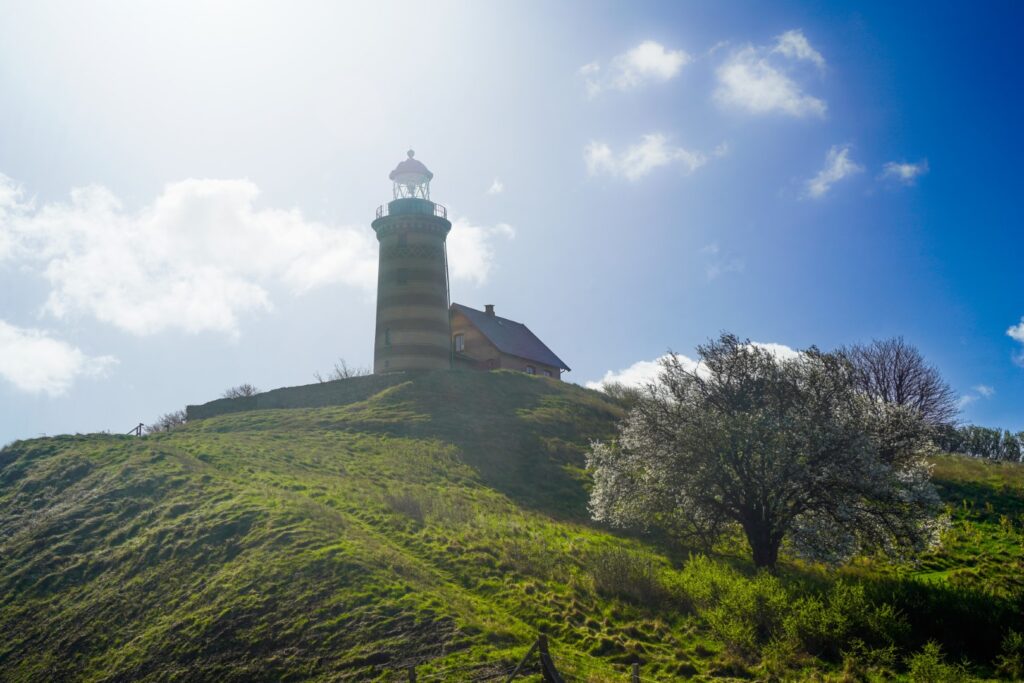
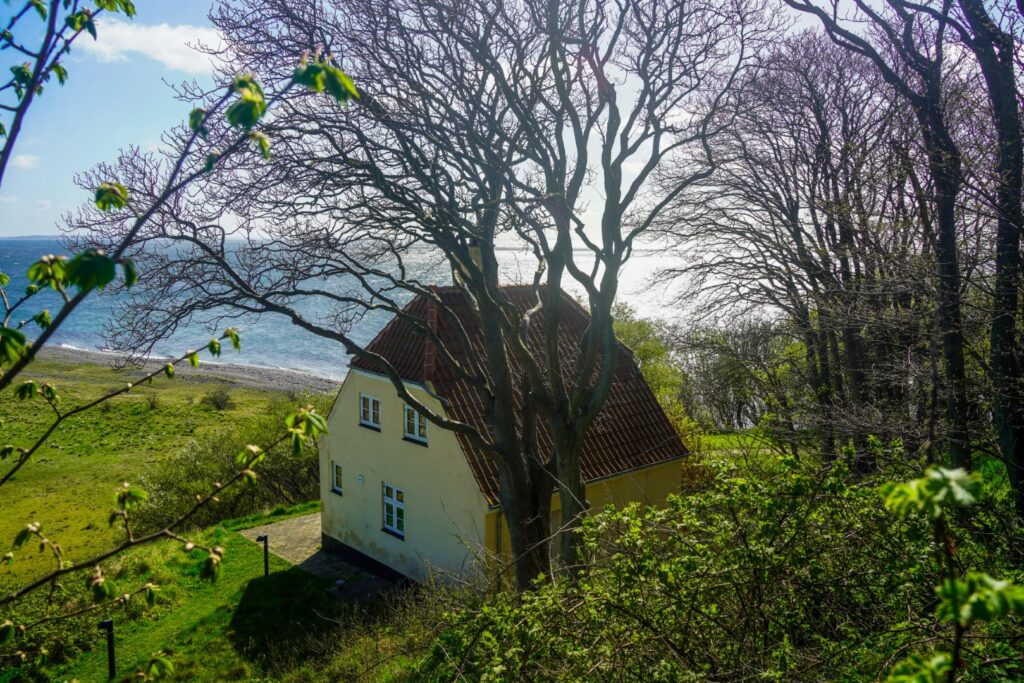
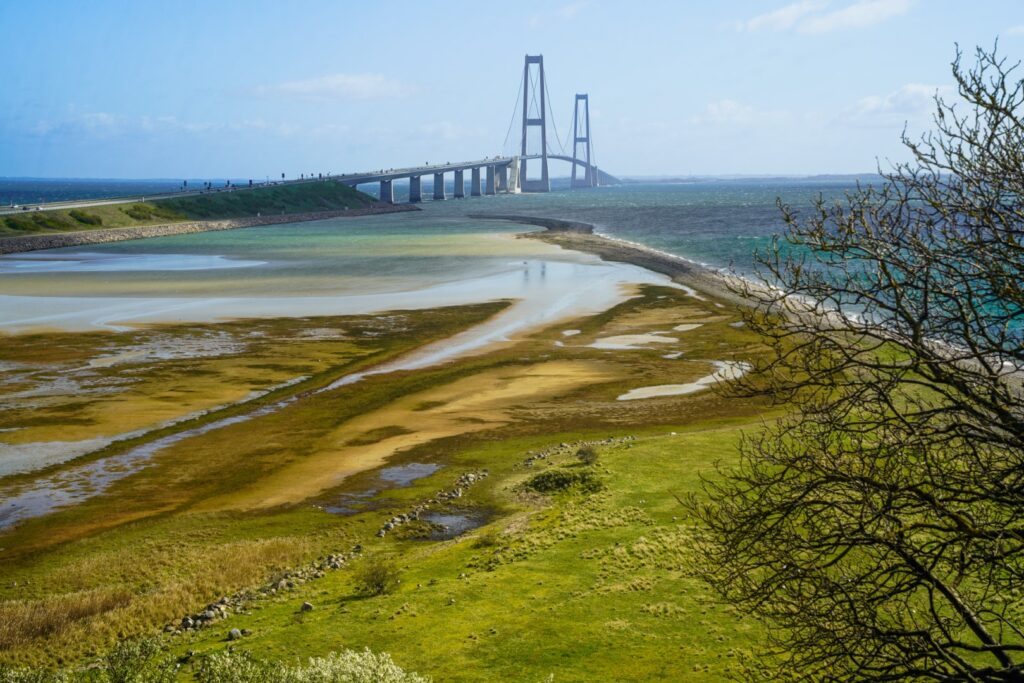
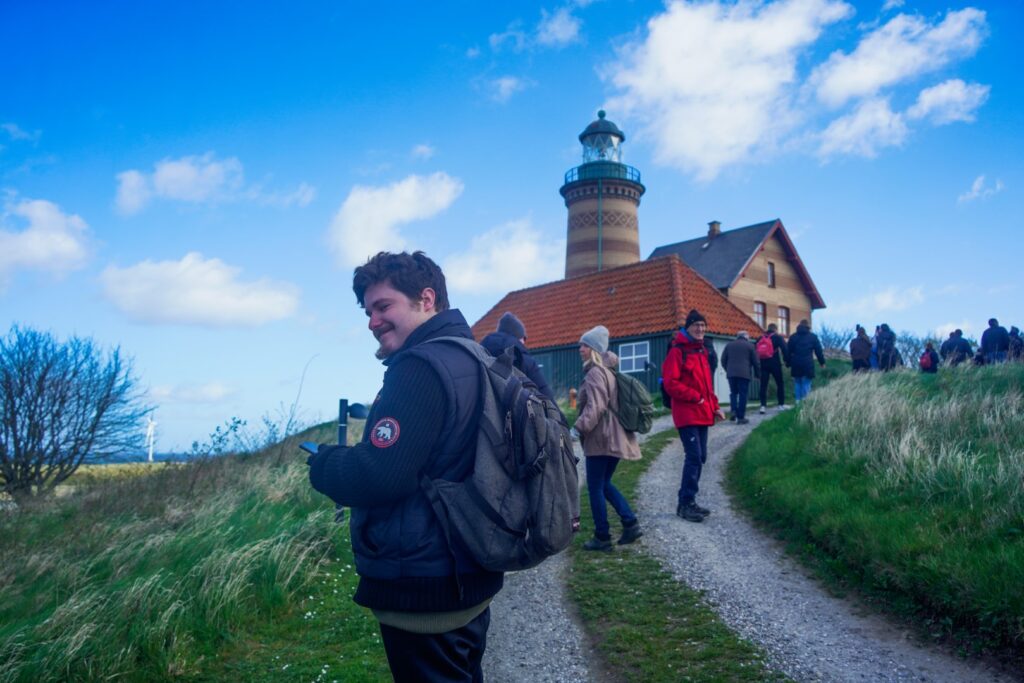
Nyborg, Denmark
Nyborg is a historic town located on the east side of Funen in Denmark. A visit to Nyborg feels like stepping back in time, with its well-preserved 12th-century castle – one of Denmark’s oldest secular buildings – and its 17th-century museum, Borgmestergården. A walk around the Nyborg’s massive moat is a wonderful way to take in the views of the old town.
The tour to Sprogø includes a guided walk through Nyborg, but you can just as easily explore the town at your own pace!
Read more: A trip of a lifetime to Nyborg and Sprogø, the island on the Storebælt Bridge
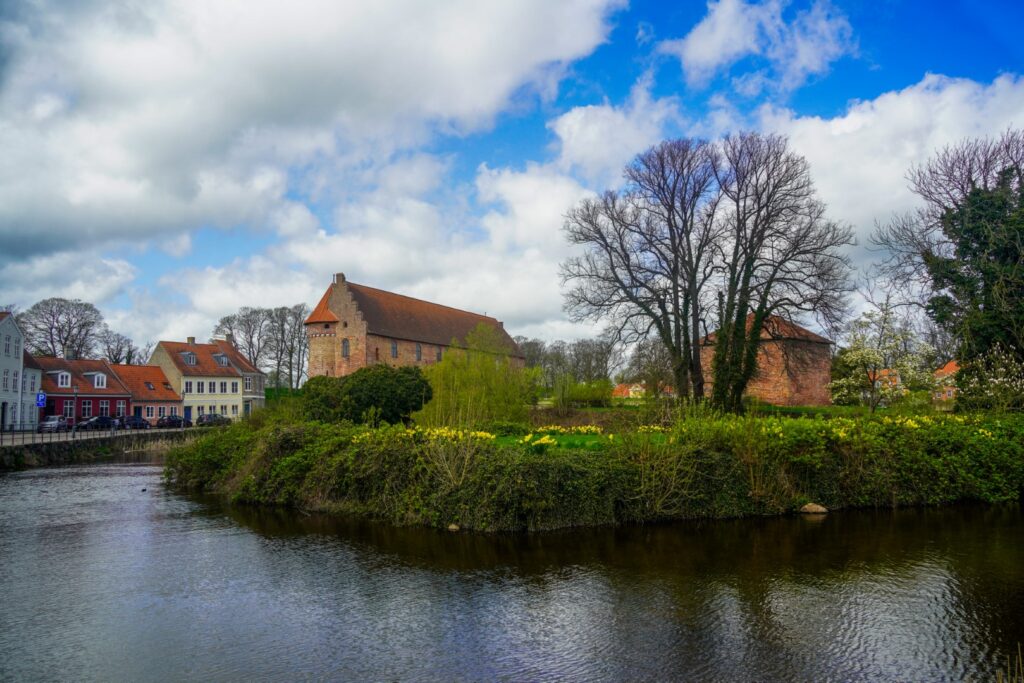
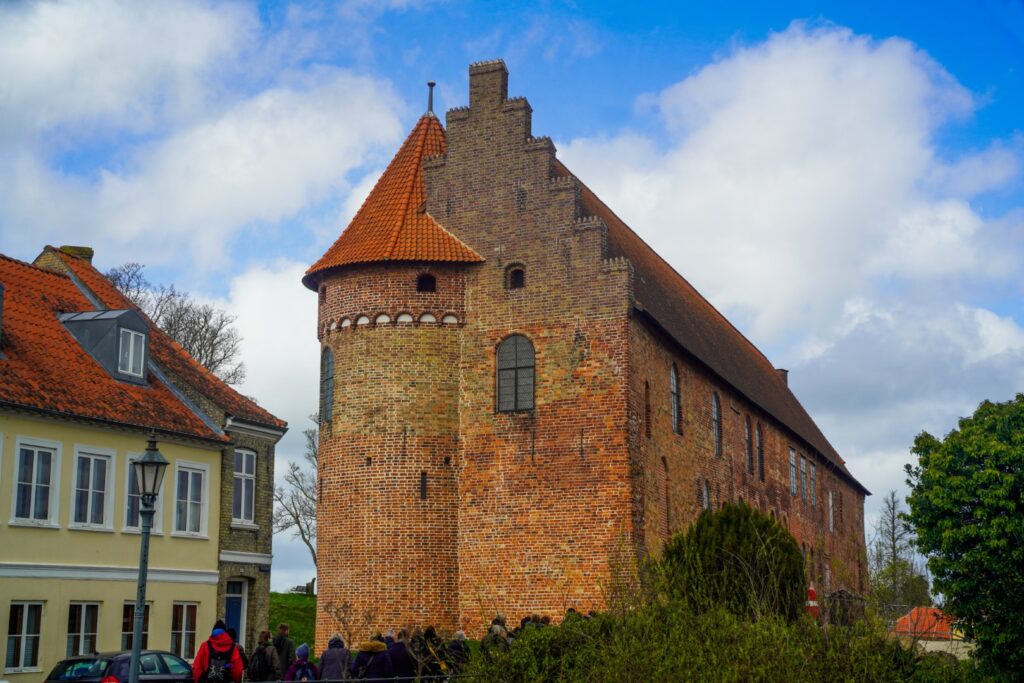
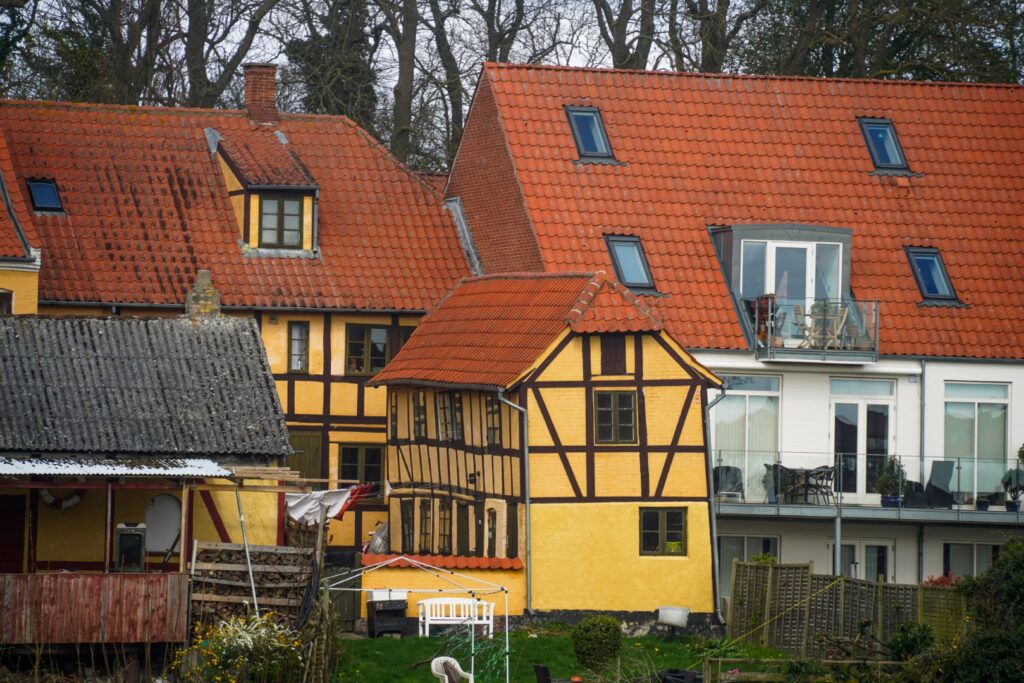
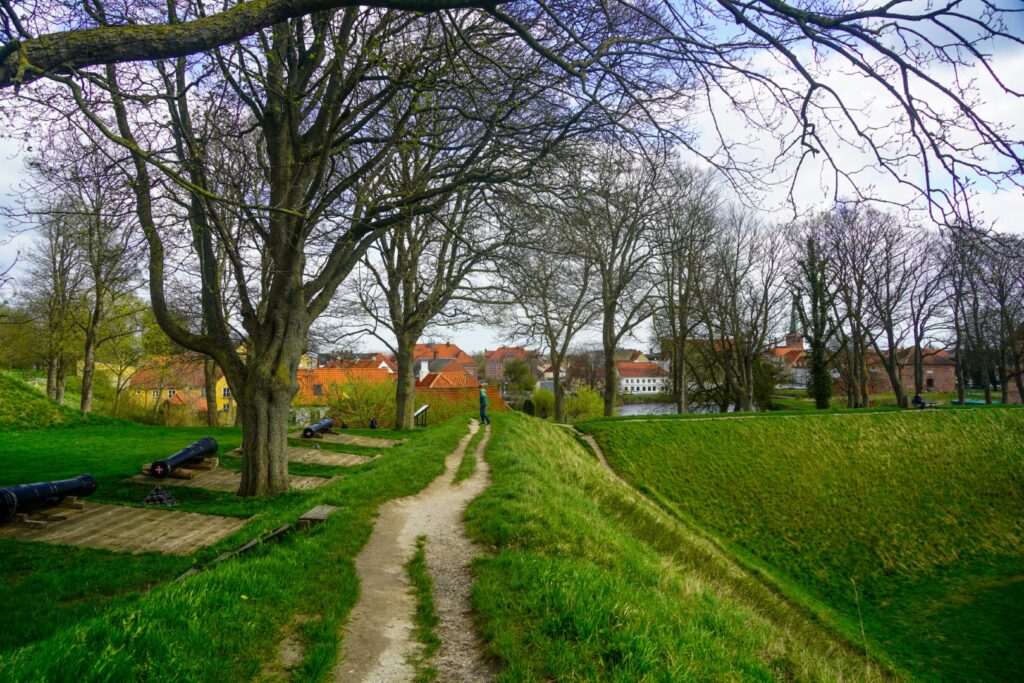
Lyngby, Thy National Park, Denmark
In the heart of Thy National Park on Jutland’s west coast, the small village of Lyngby is surrounded by dense woodlands. Mostly abandoned since the 1970s, only a few residents remain.
Lyngby is best known for its extensive collection of World War II bunkers. To find them, follow Astavej – a road that leads into complete remoteness. Many bunkers have become overgrown by sand dunes, making the search for them feel like a treasure hunt. Be sure to walk down to the beach where even more bunkers await discovery!
Jutland’s west coast is scattered with bunkers, some forming incredible collections, but I’d say Batteri Lyngby stands out as the most impressive. Not only does it boast a high concentration of bunkers in one place, but many are well-hidden, making the search for them an adventure in itself!
Read more: Lyngby and Stenbjerg Landingsplads: Hidden bunkers and unique villages in Thy National Park
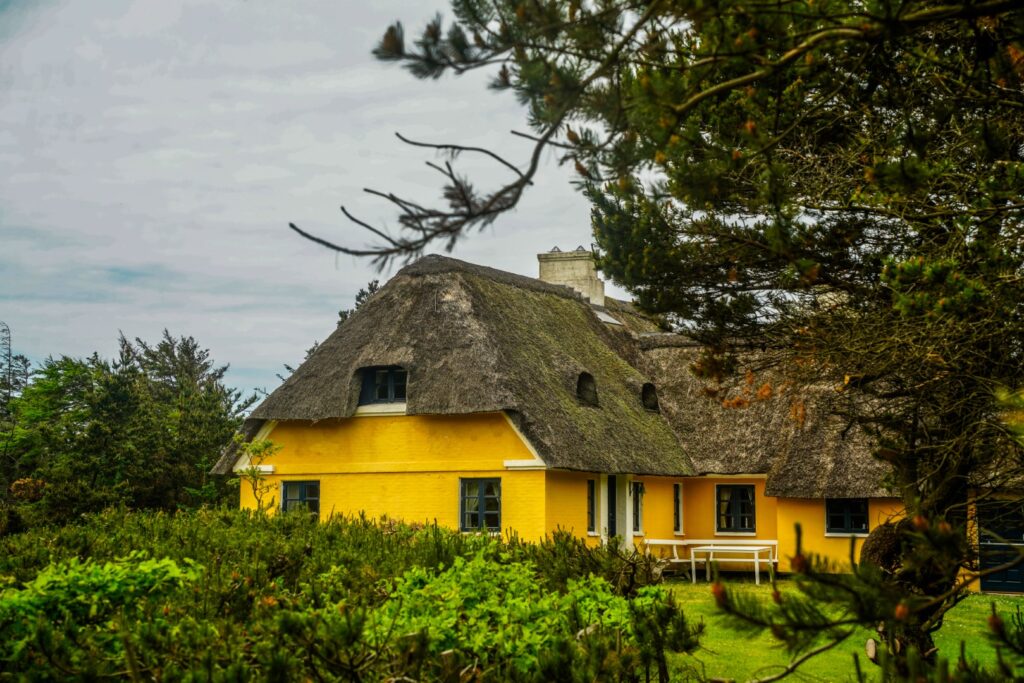
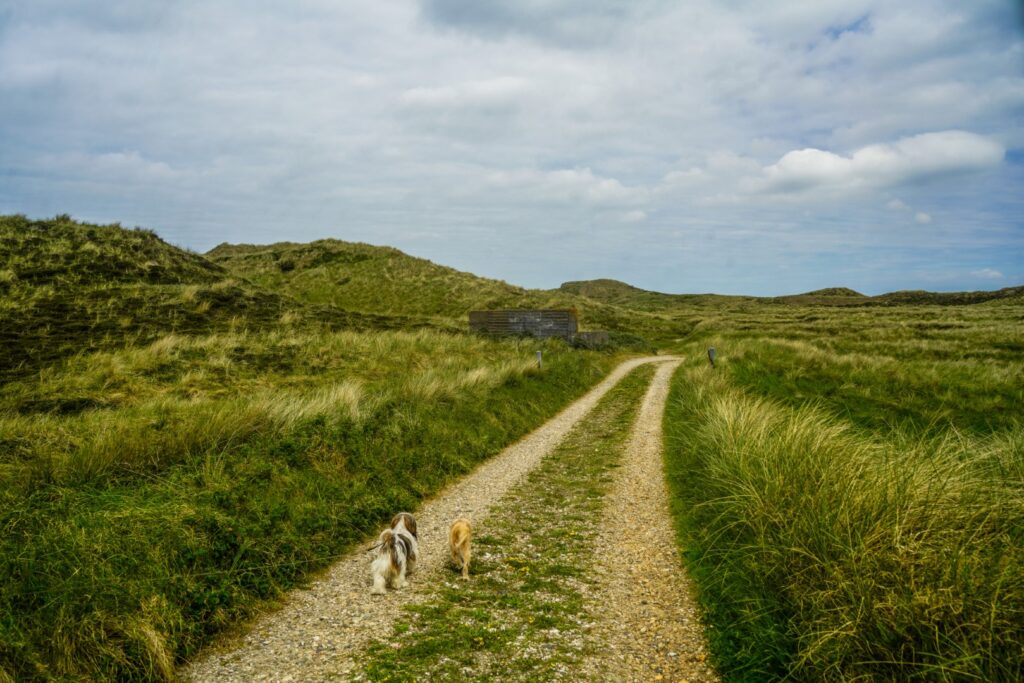
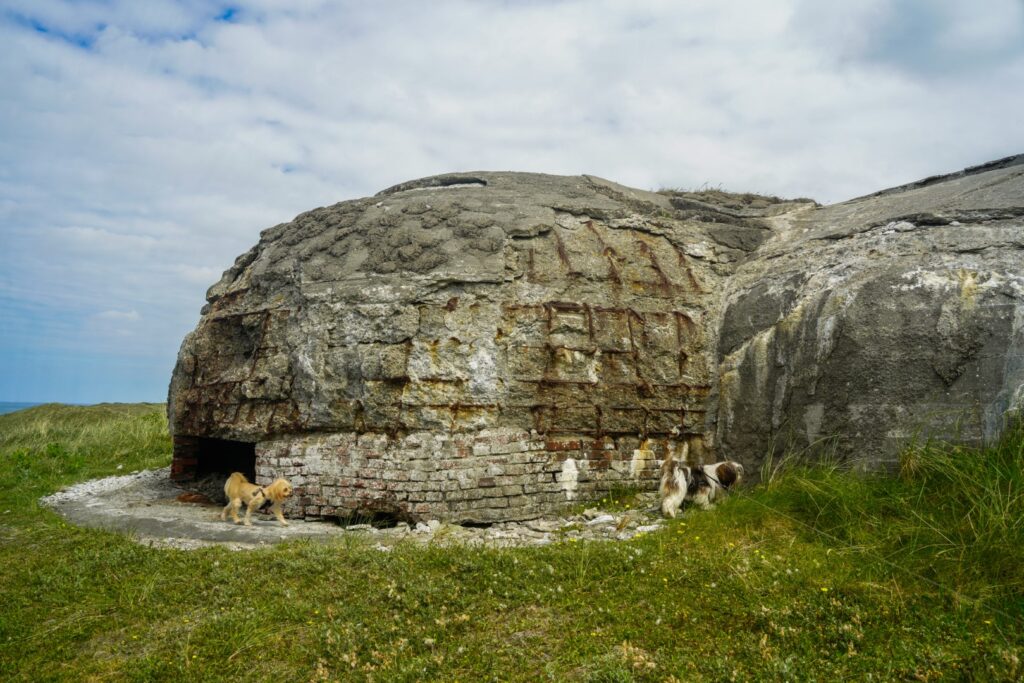
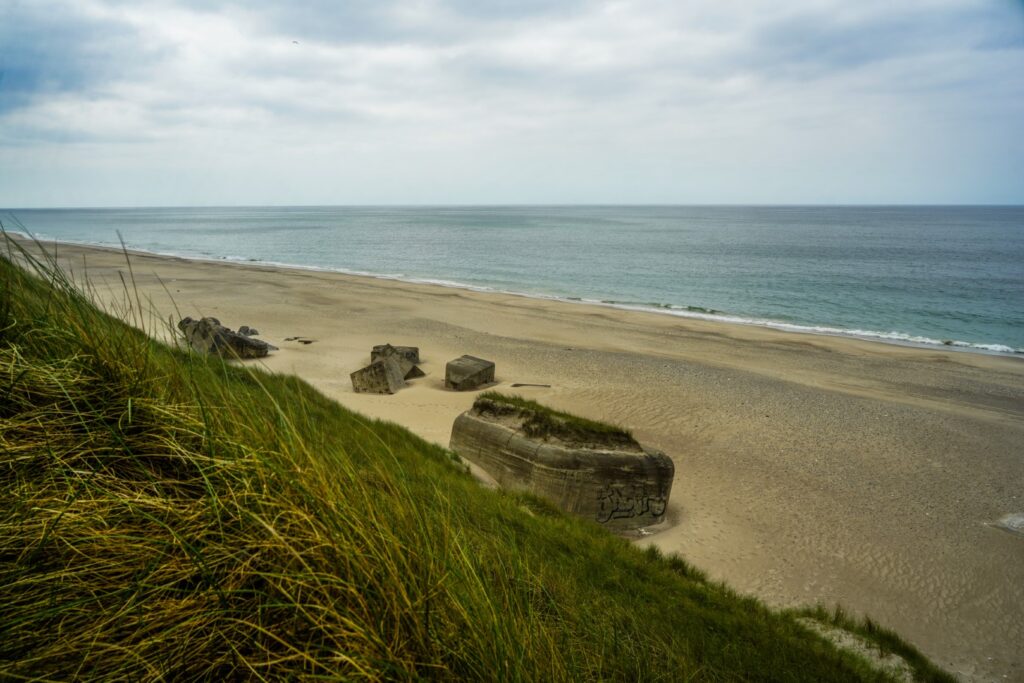
Thylejren, Denmark
One of my favourite places I explored this year was Thylejren, a smaller and older version of Copenhagen’s Christiania, located in the middle of a forest just southwest of Frøstrup in northwest Jutland.
Thylejren is essentially a self-contained micro-nation within Danish society. Originally a festival in the summer of 1970, it soon evolved into a permanent settlement, where residents built DIY homes and embraced an alternative, freer way of life.
Thylejren doesn’t promote itself, and most Danes aren’t even aware that it still exists (I wasn’t until last year, believe it or not!). It’s pretty much the opposite of Christiania, which has turned into a tourist hotspot. In Thylejren, life carries on as usual. Visitors are welcome, but there’s no effort to accommodate or attract them.
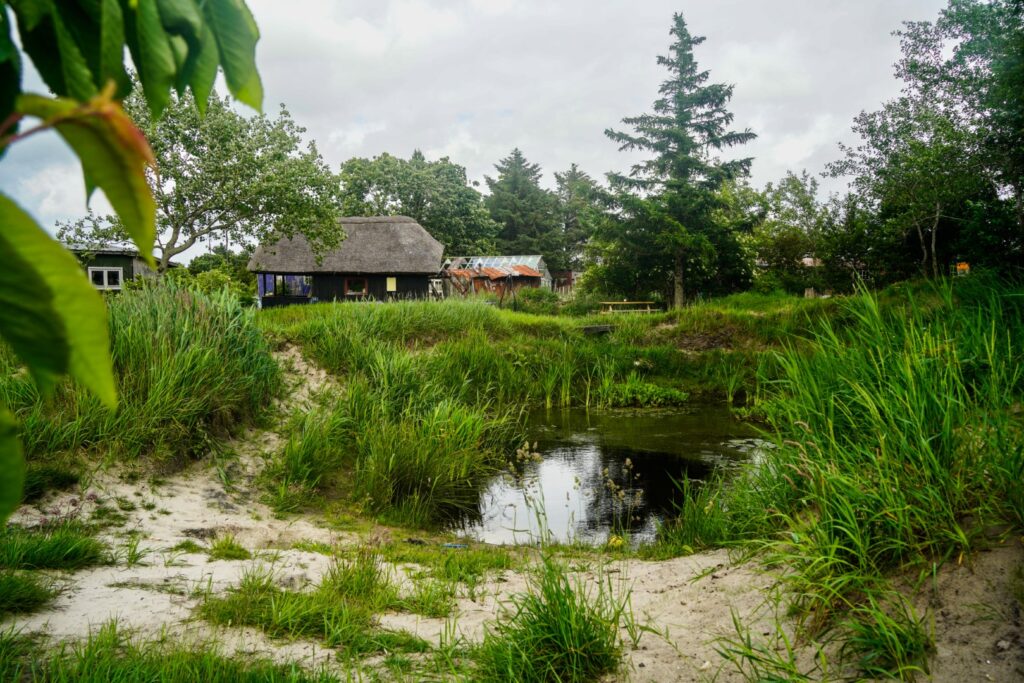

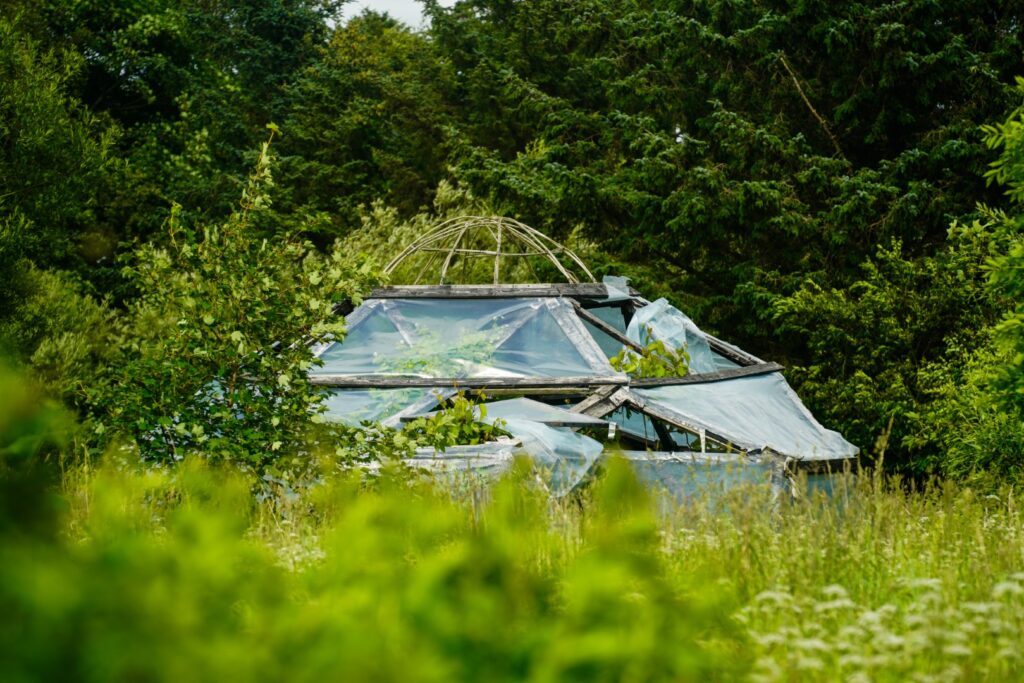

Bulbjerg, Denmark
Northeast of Thy National Park lies Bulbjerg, arguably one of the most stunning natural landmarks in all of Denmark.
The limestone cliff is Jutland’s only rock formation and also its sole bird cliff, serving as the exclusive breeding ground for the black-legged kittiwake!
While you can reach Bulbjerg by car, those seeking adventure should hike from the small village of Lild Strand, following the coastline before ascending the cliff from the beach!
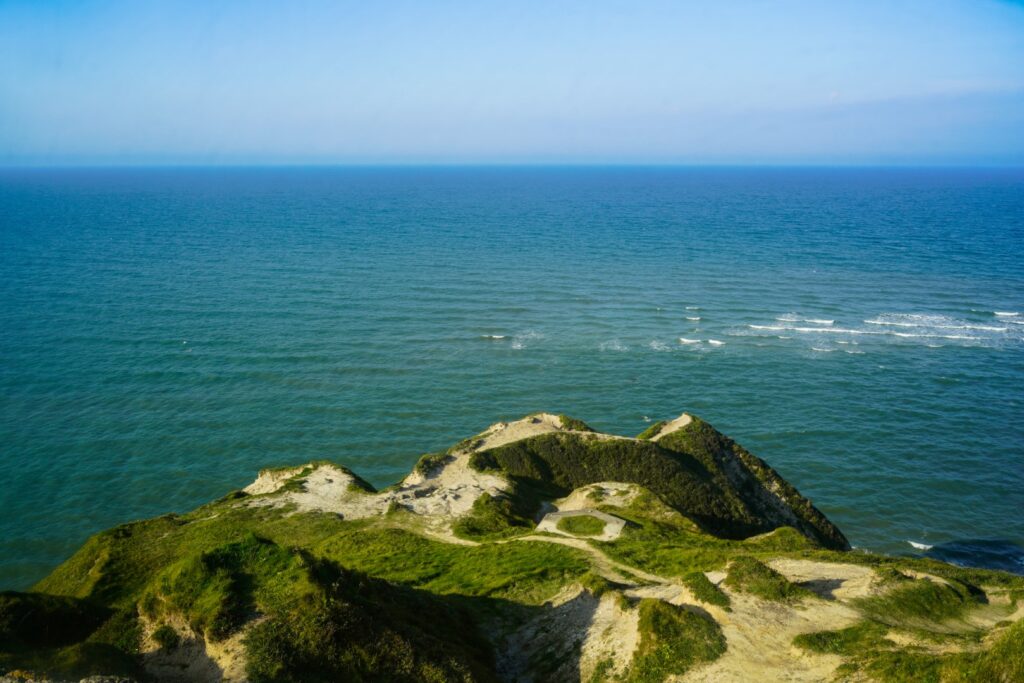
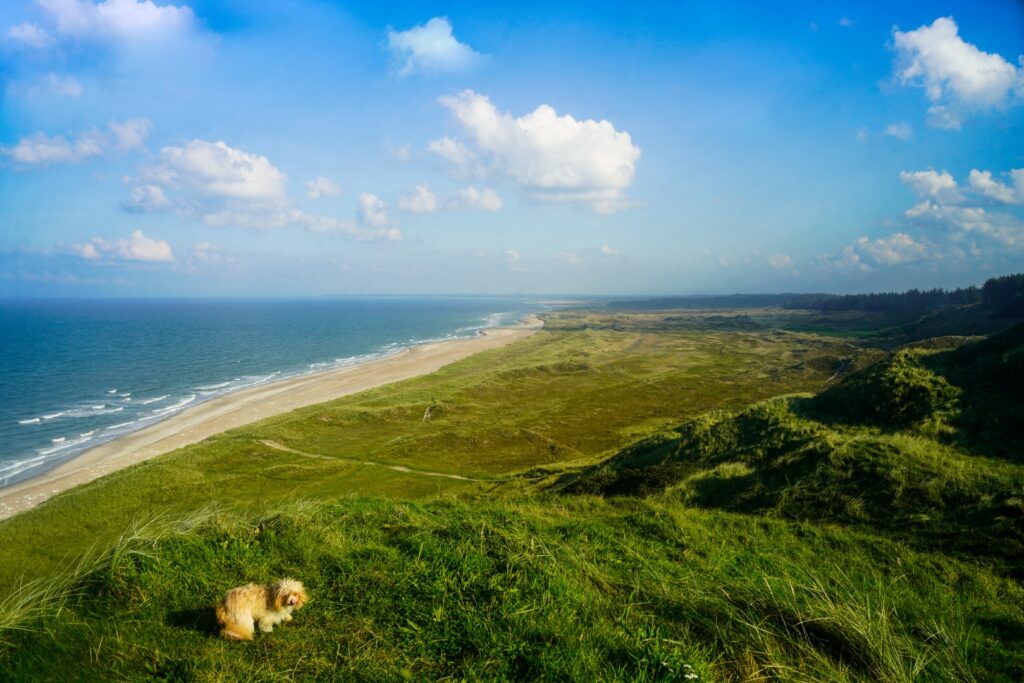
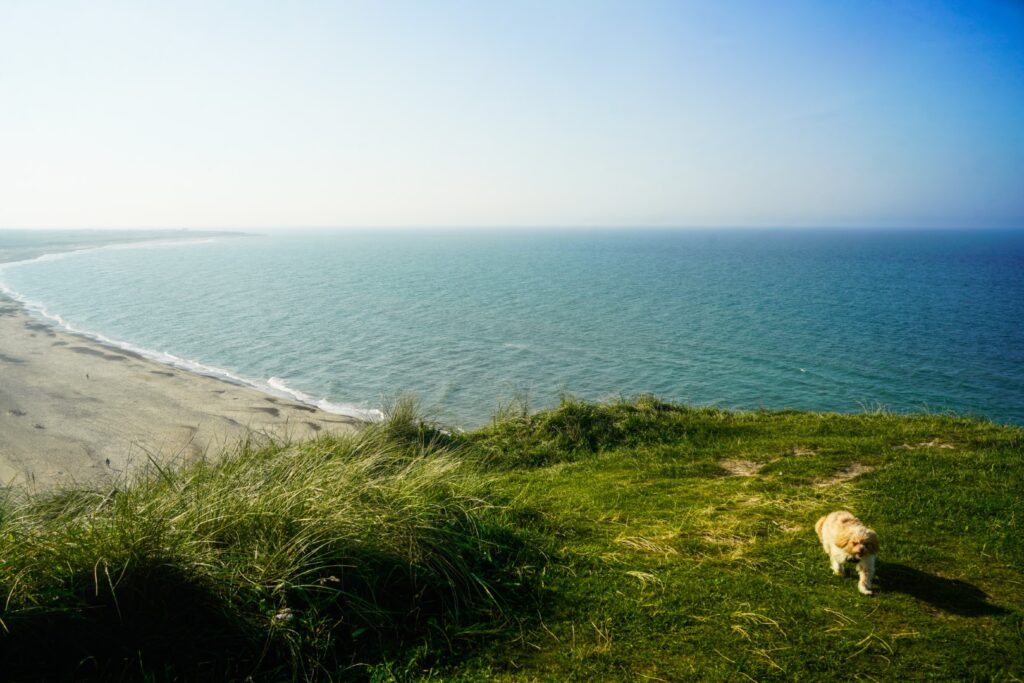
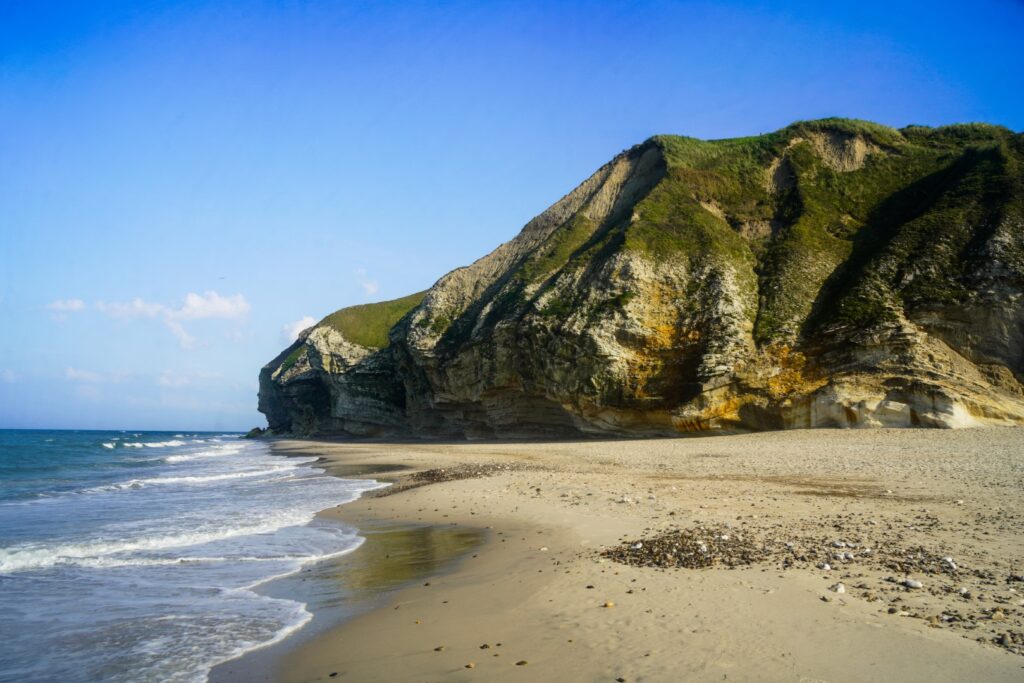
Vrångö, Southern Gothenburg archipelago, Sweden
Vrångö is the southernmost inhabited island in Sweden’s Southern Gothenburg Archipelago.
Known for its rugged coastline, scenic views and charming seaside villages, Vrångö offers a tranquil escape from the bustling city of Gothenburg. Best of all, it’s completely car-free, making it a peaceful and walkable destination. It’s the perfect spot for a day trip from the city, especially for those who love hiking!
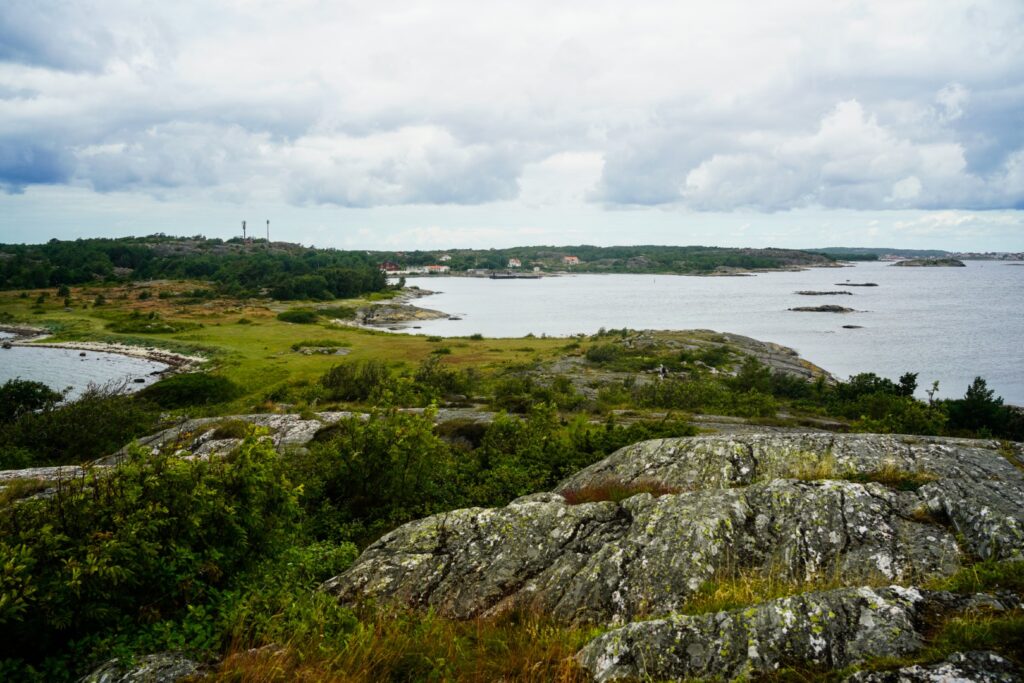
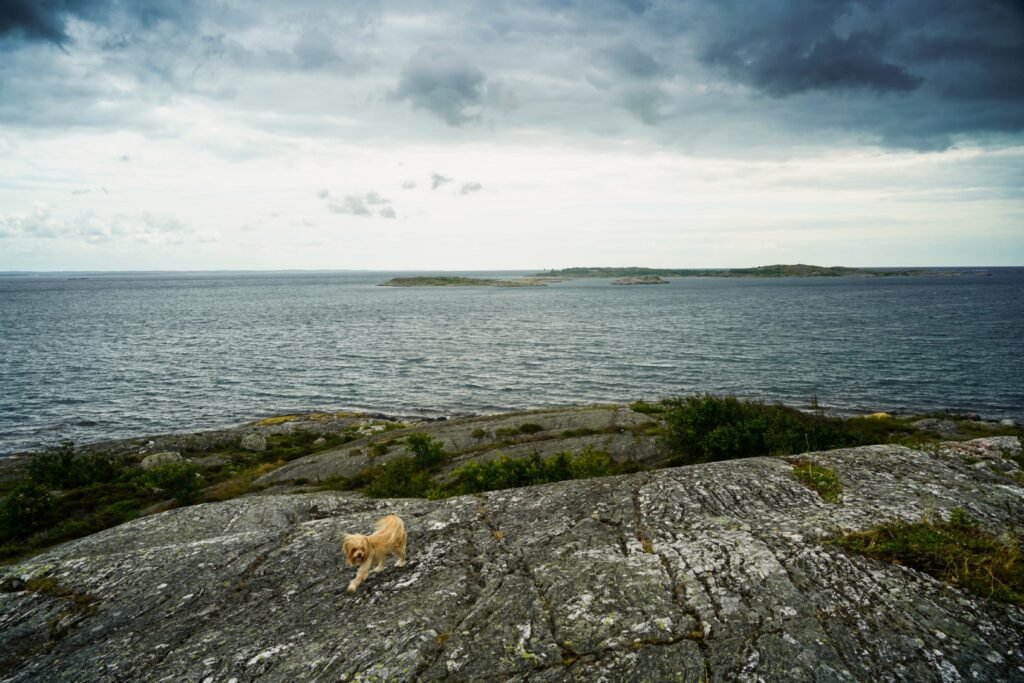
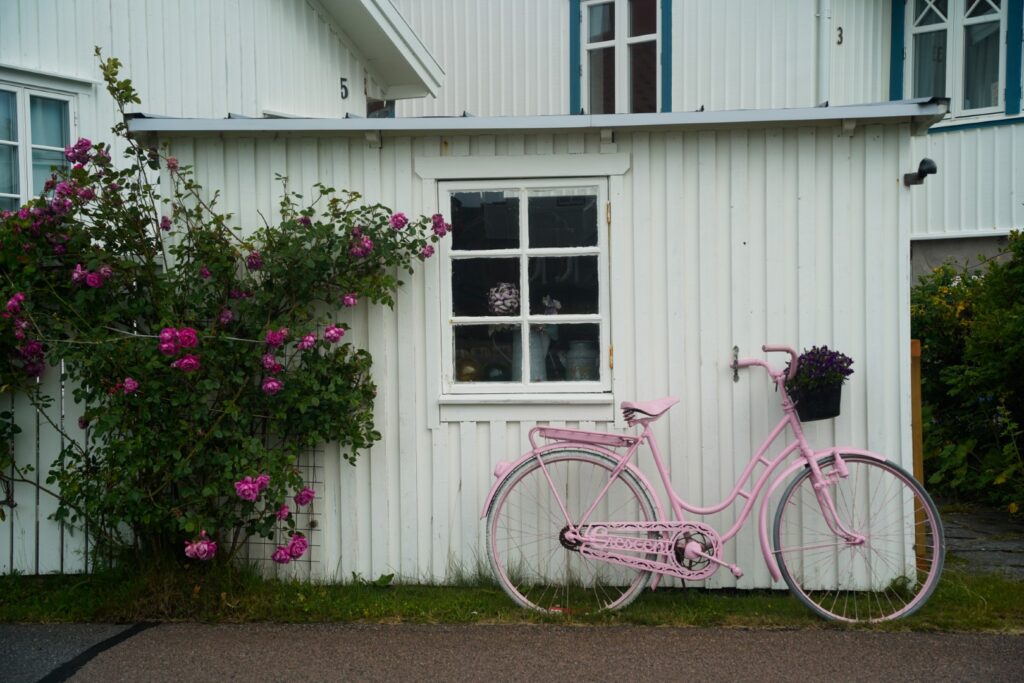
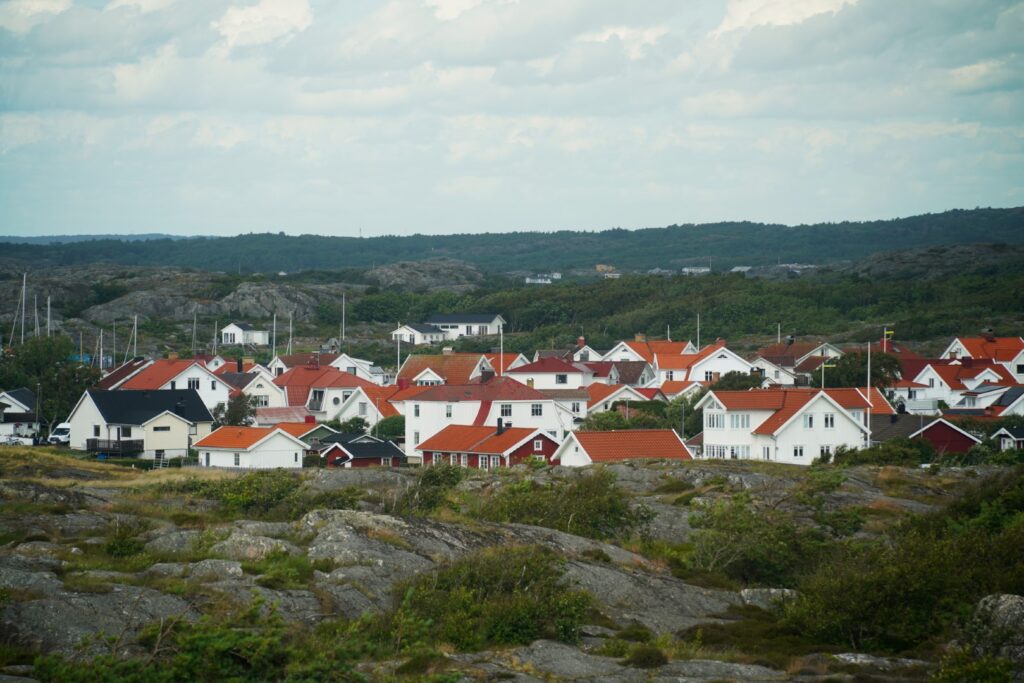
Bohemian Switzerland, Czech Republic
Technically, I visited Bohemian Switzerland in 2022 when my friend and I stayed in Děčín to explore the German side of the area. However, since we didn’t venture beyond this small city on the Czech side, I think it’s fair to include it on this list… Because in August, I finally had the chance to explore the Czech side of this stunning natural park, alongside family.
Bohemian Switzerland is nothing short of a fairytale land. It’s one of Europe’s last large wildernesses, known for its unique sandstone formations. There are numerous hiking trails to explore, and the Czech side is far less touristy than the German side, so you might even have the trails all to yourself!
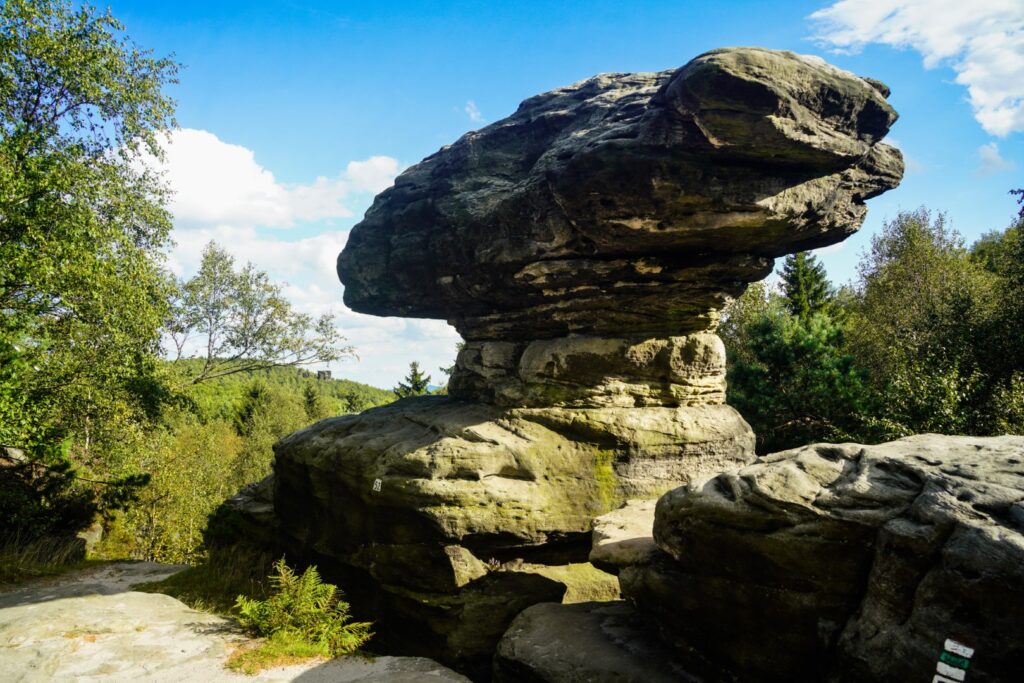
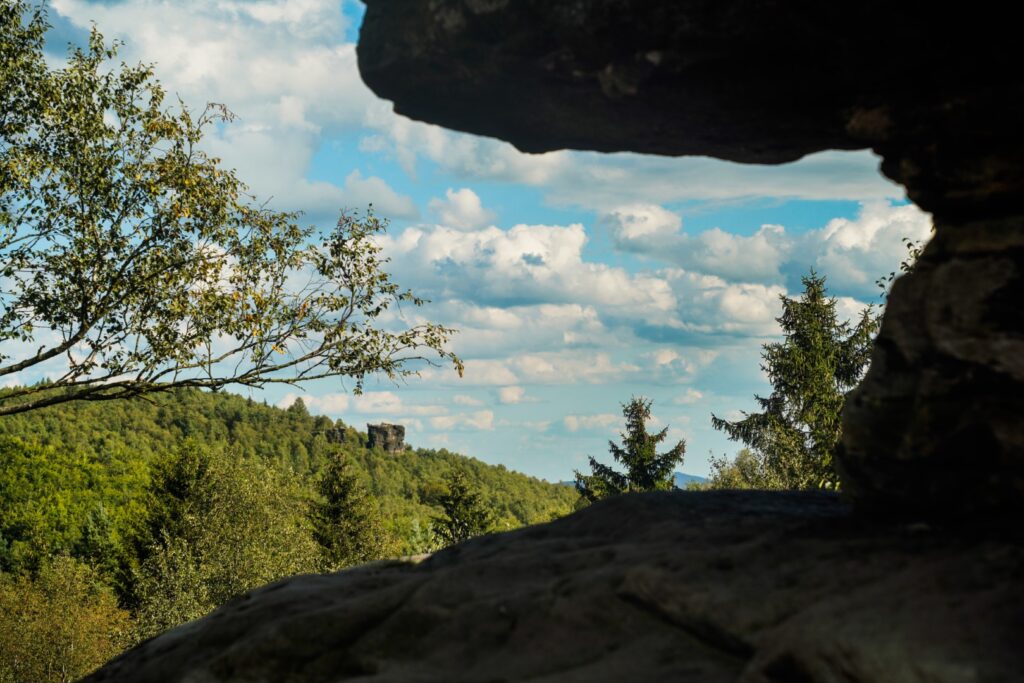
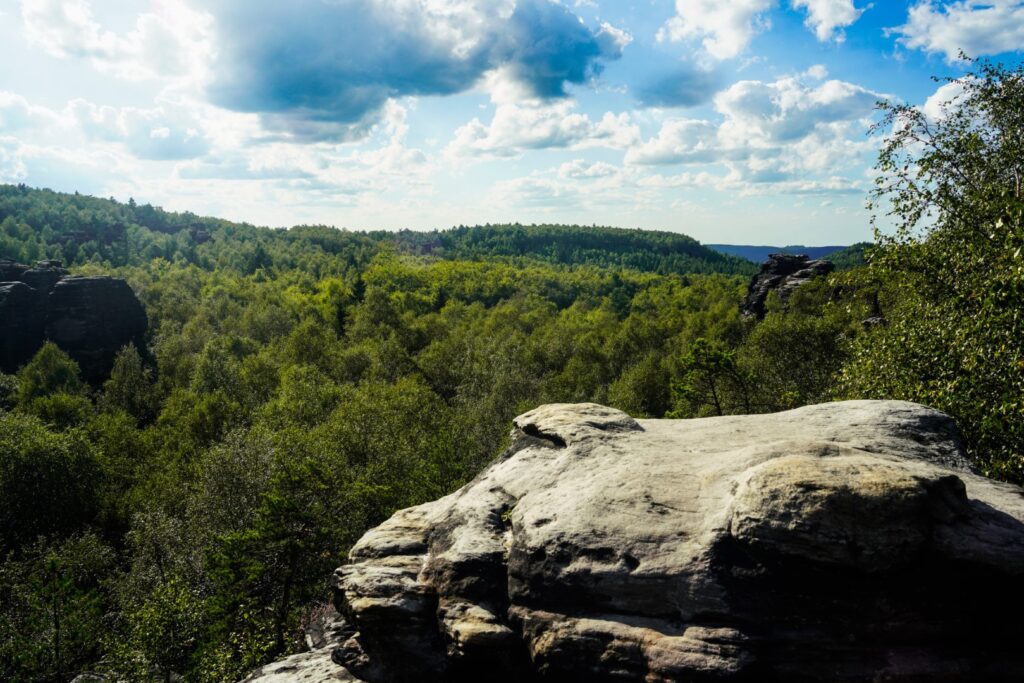
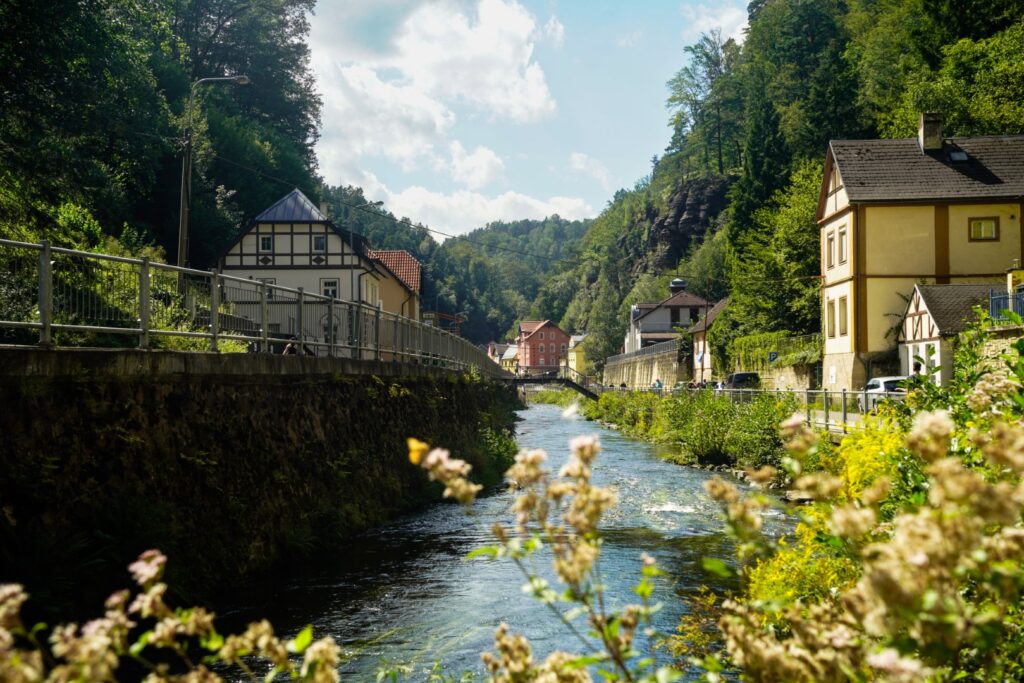
Naples, Italy
Naples is a vibrant and energetic city, brimming with historic buildings, narrow bustling streets and, of course, incredible pizza – after all, it’s where pizza was born! Located on the coast of southern Italy, the city is known for its stunning views of the Bay of Naples and the looming presence of Mount Vesuvius in the near distance. It’s also famously chaotic, but I’d say that’s part of its undeniable charm.
Most visitors use Naples as a base for exploring Pompeii and Herculaneum, but I’d highly recommend setting aside at least a day to explore the city itself!

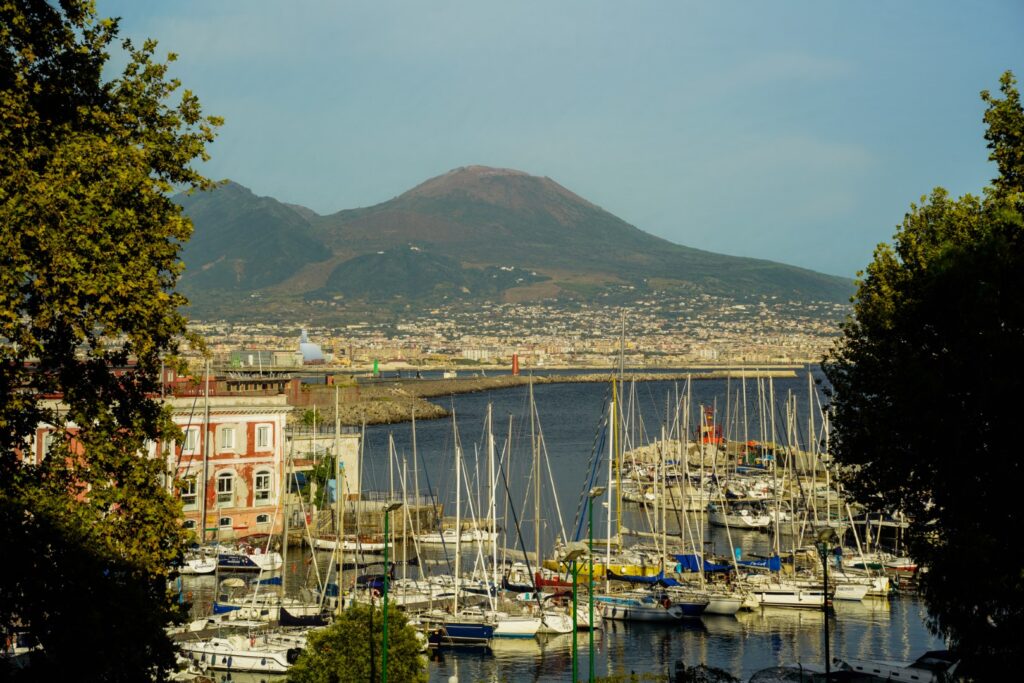
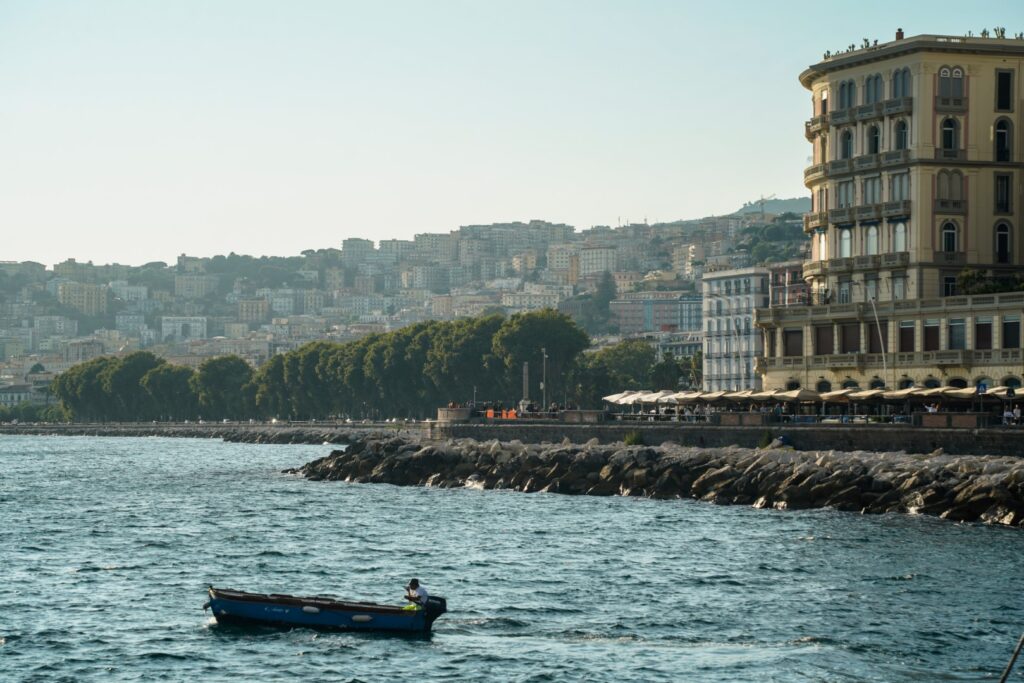
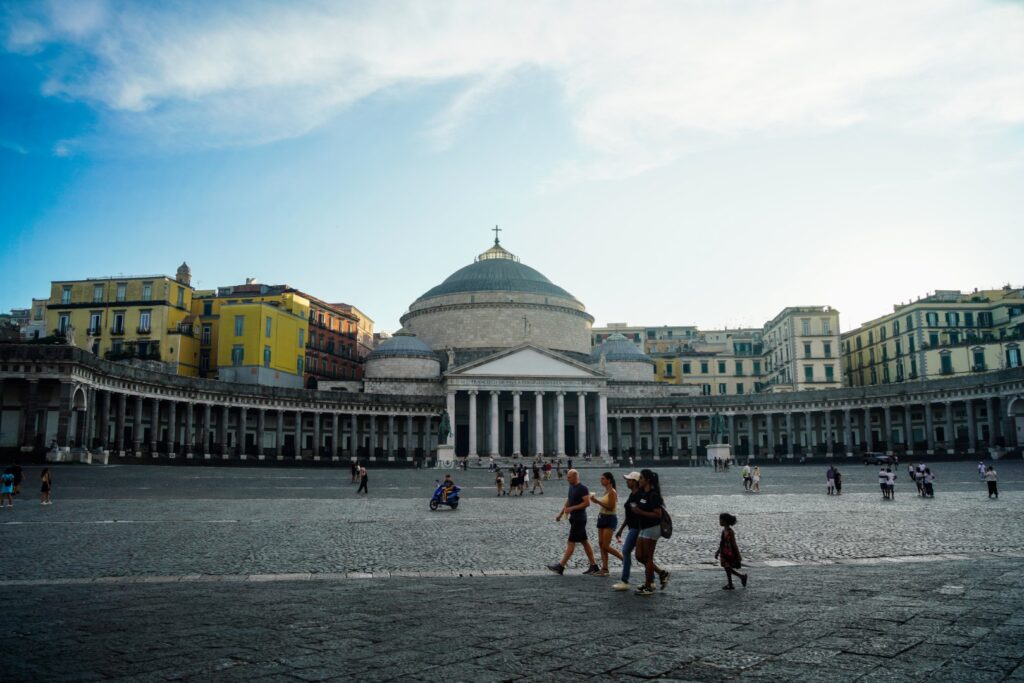
Pompeii, Italy
Pompeii can best be described as every archaeologist’s dream destination – an ancient Roman city frozen in time. Buried under a thick blanket of volcanic ash and pumice after the eruption of Mount Vesuvius in 79 AD, the city was hidden for 1759 years before being rediscovered in the 18th century. Today, Pompeii offers a unique glimpse into daily life during the Roman Empire.
While the nearby site of Herculaneum is also fascinating – especially because of its exceptional preservation – Pompeii is both much larger and, to me, more interesting. It provides a more complete picture of an ordinary Roman city at the time, while Herculaneum was a smaller, wealthier town that catered to the elite.
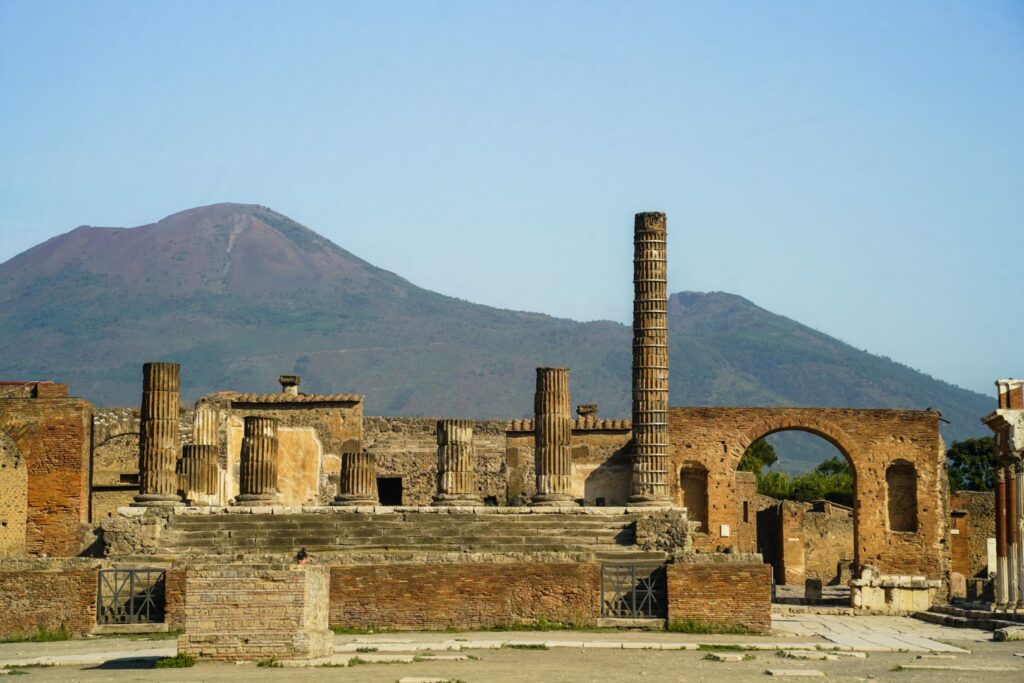
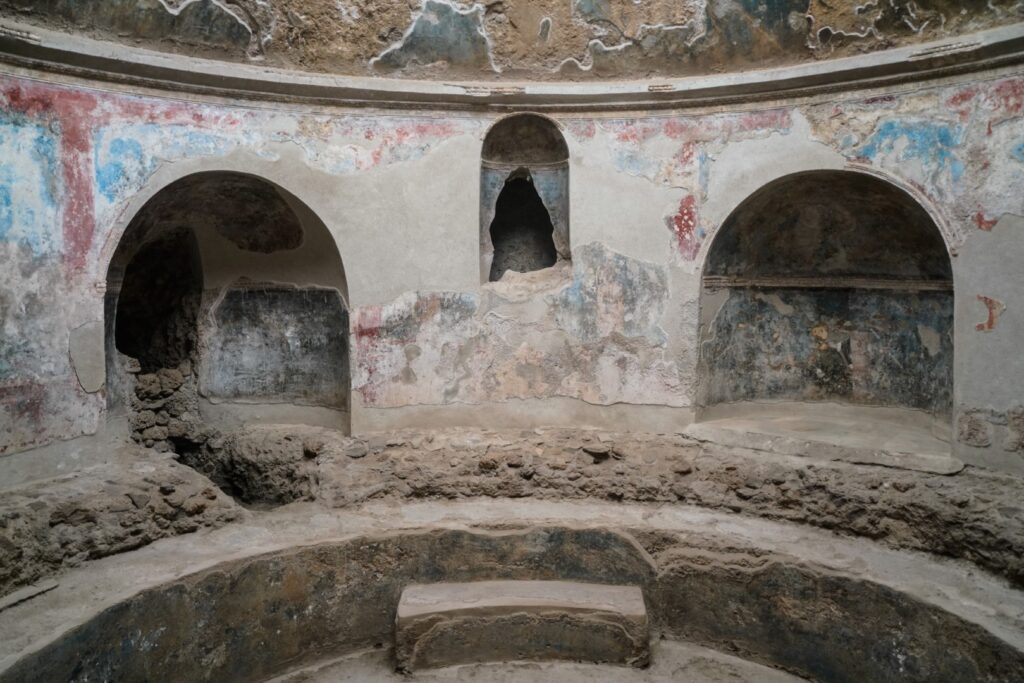
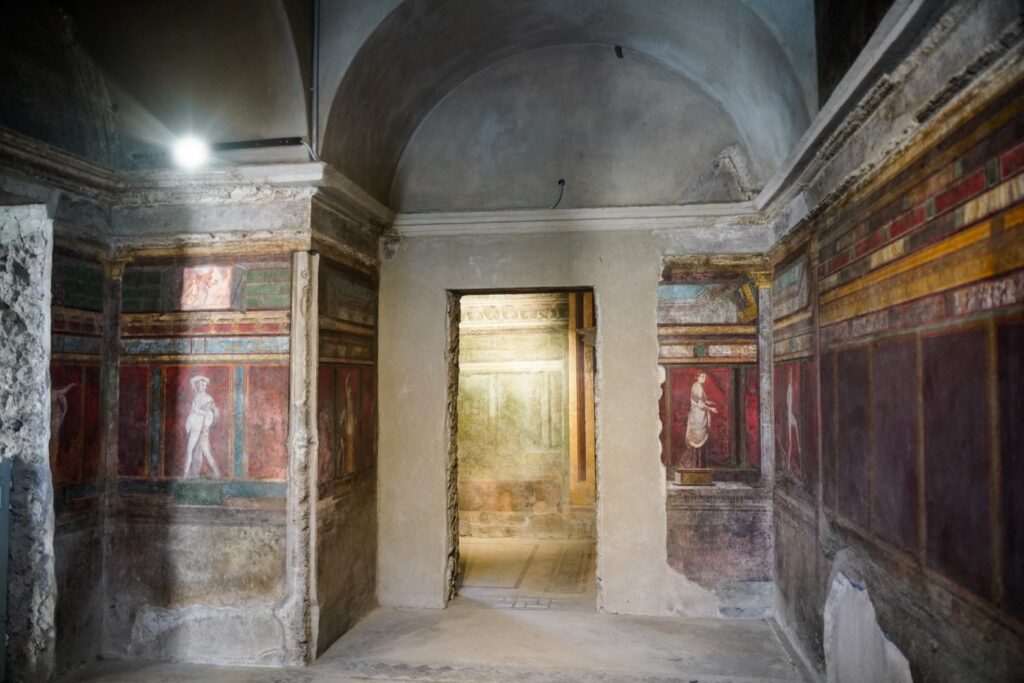
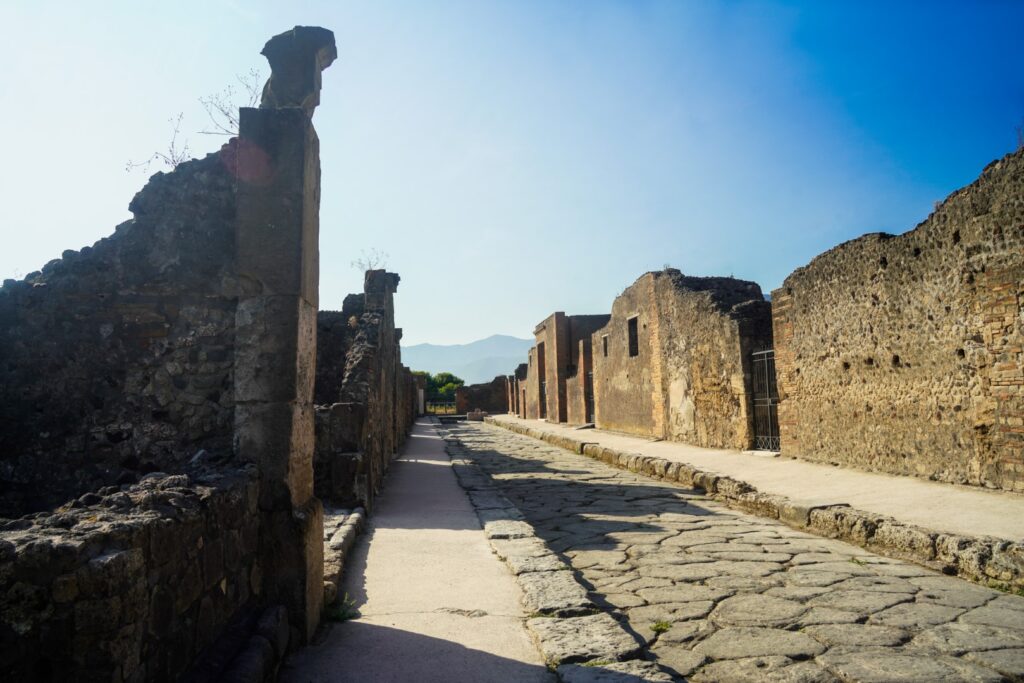
Procida, Italy
Procida may be the least-known island in the Bay of Naples, but it was my top choice for a day trip from Naples. Known for its vibrant, colourful buildings and charming laid-back atmosphere, it remains relatively untouched by mass tourism – especially compared to the neighbouring islands of Capri and Ischia. Procida is the perfect escape if you’re looking to unwind and get away from the hustle of the city and tourist hotspots.
One day is plenty to explore the entire island on foot, with time to go swimming, indulge in delicious Italian ice cream and chill by the harbour.
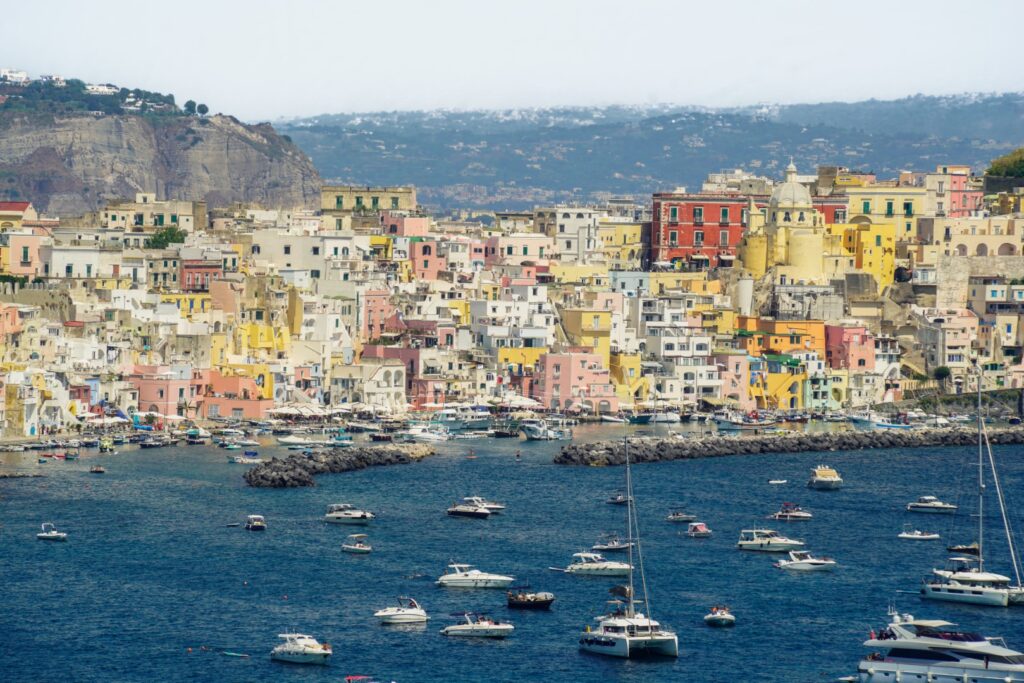
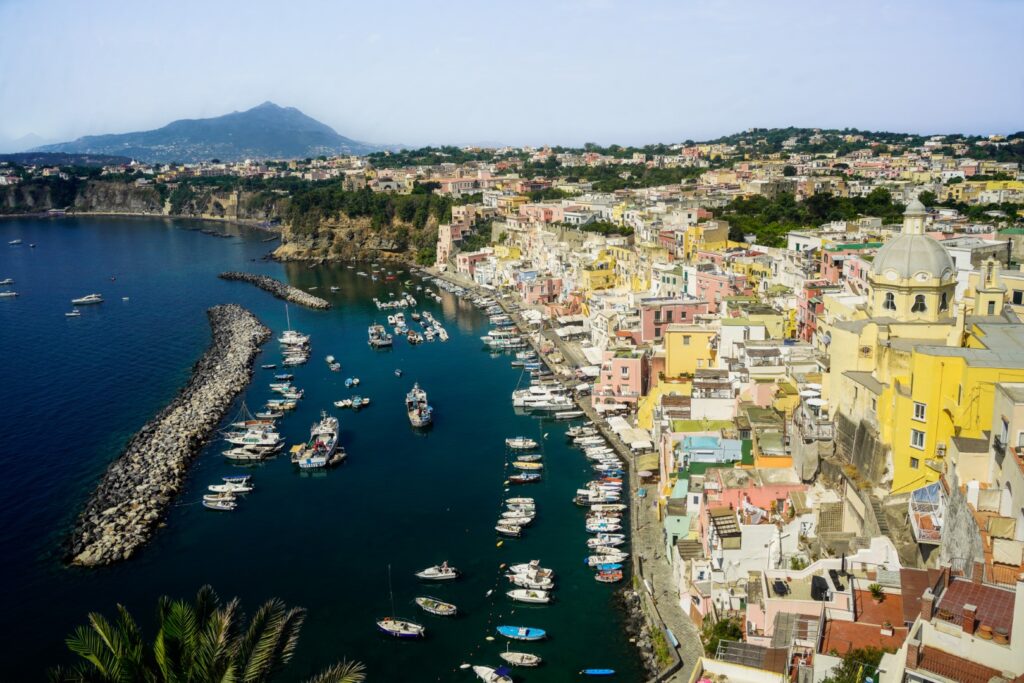
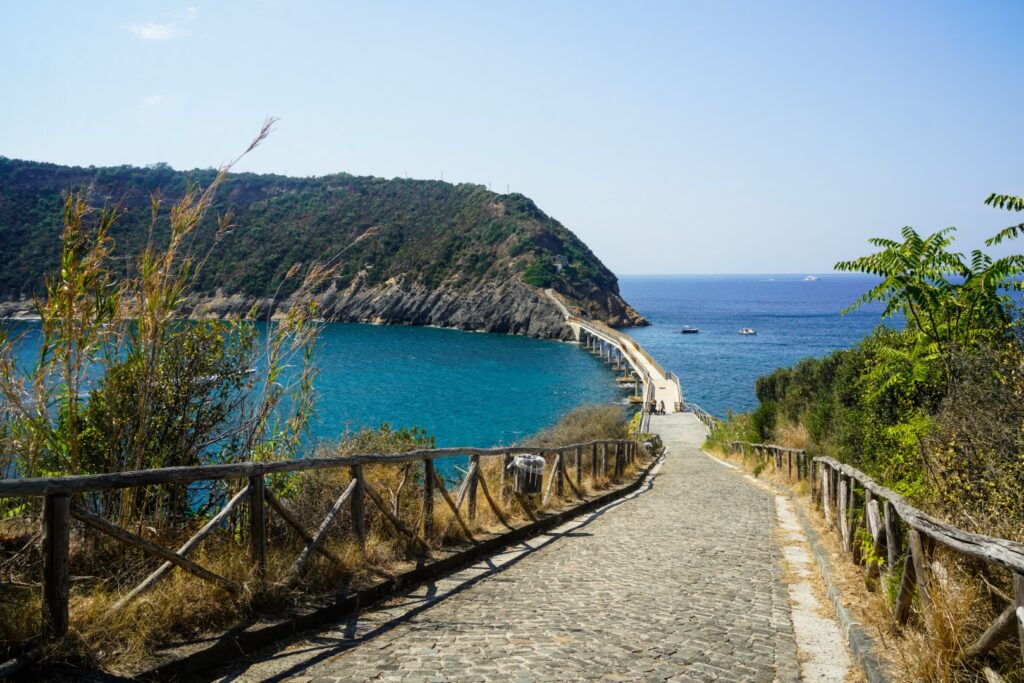
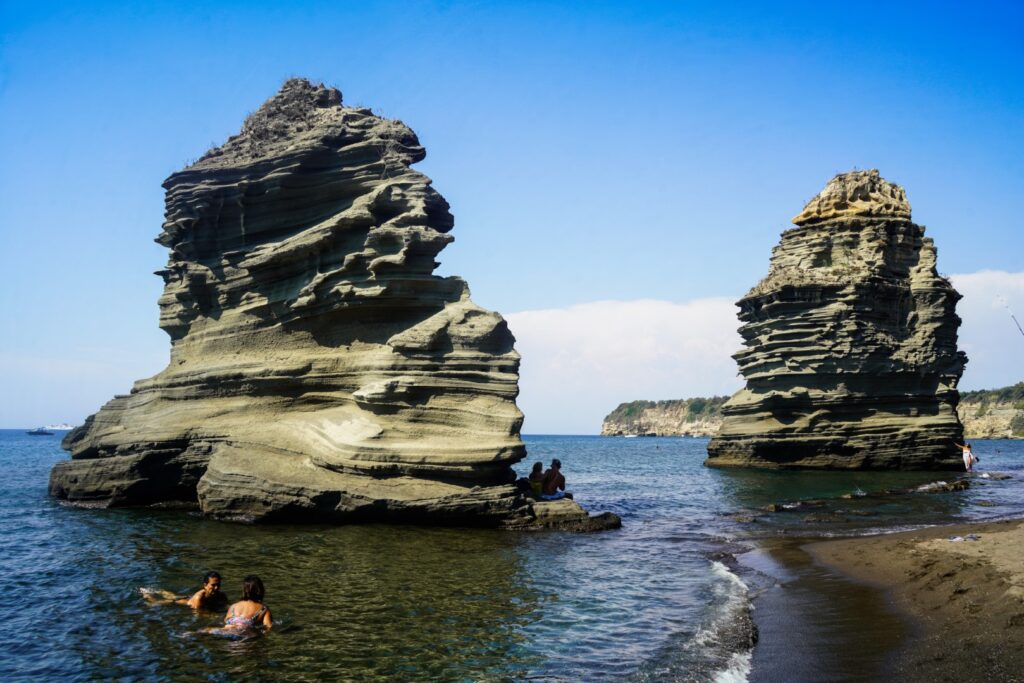
Lild Strand, Denmark
Lild Strand is a small, picturesque village on Jutland’s west coast, just northeast of Thy National Park. Its secluded location, surrounded by sandy beaches and hilly woodlands, gives it the feel of an island. With no public transportation to the village, it’s as isolated as it gets on the Danish mainland.
Of all the villages I explored in and near Thy National Park in 2024, Lild Strand was by far my favourite. A visit to this peaceful village pairs perfectly with a hike to Bulbjerg (see above), easily one of the most scenic trails in the area!
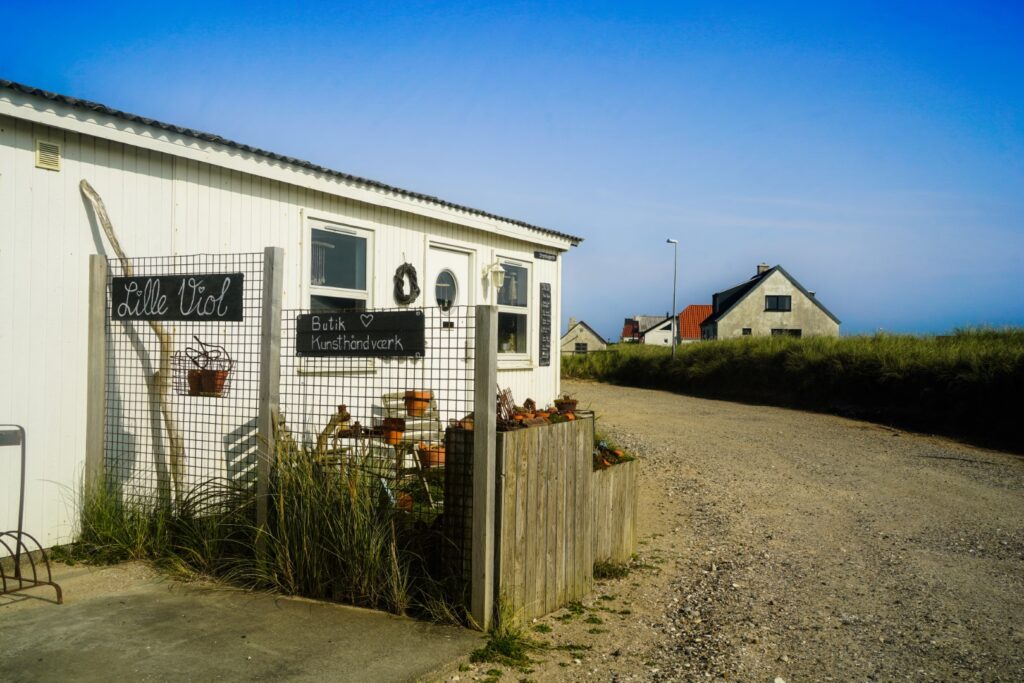
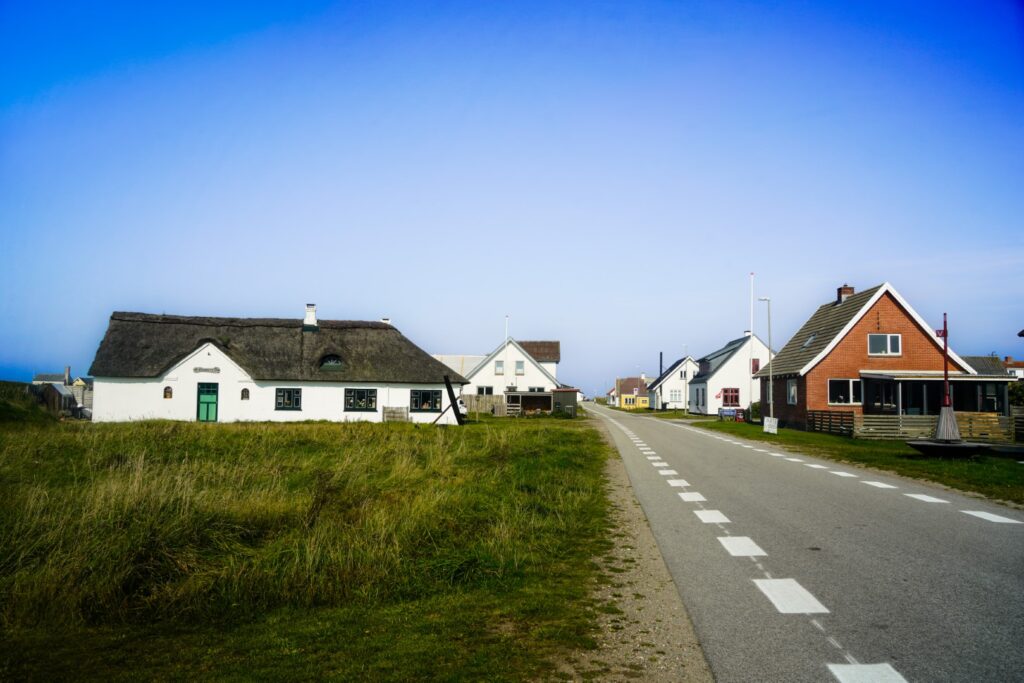

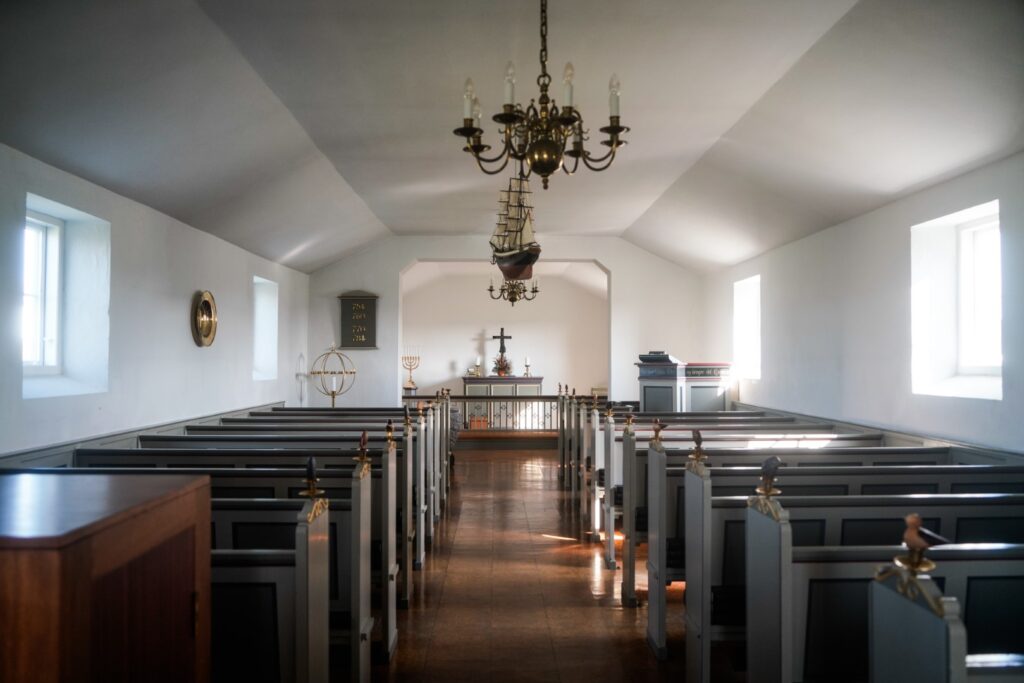
Vitskøl Kloster, Denmark
Vitskøl Kloster is a historic former monastery set in the scenic countryside of Himmerland in northern Jutland. Founded in 1158 as a Cistercian monastery, it is one of the oldest preserved monasteries in Europe. Today, it has been transformed into a hostel, offering guests a unique glimpse into monastic life. Breakfast is served under the vaulted ceilings of the monk’s cellar, and as a guest, you are free to explore the entire monastery – including my favourite spot, the Blue Room, said to be haunted by the mysterious Blue Lady.
Be sure to visit the monastery’s gardens, where you’ll find the ruins of an unfinished church and an extensive apothecary garden with spices and medicinal herbs that have been cultivated for over 850 years.
To book a stay at the monastery, check out the details here!
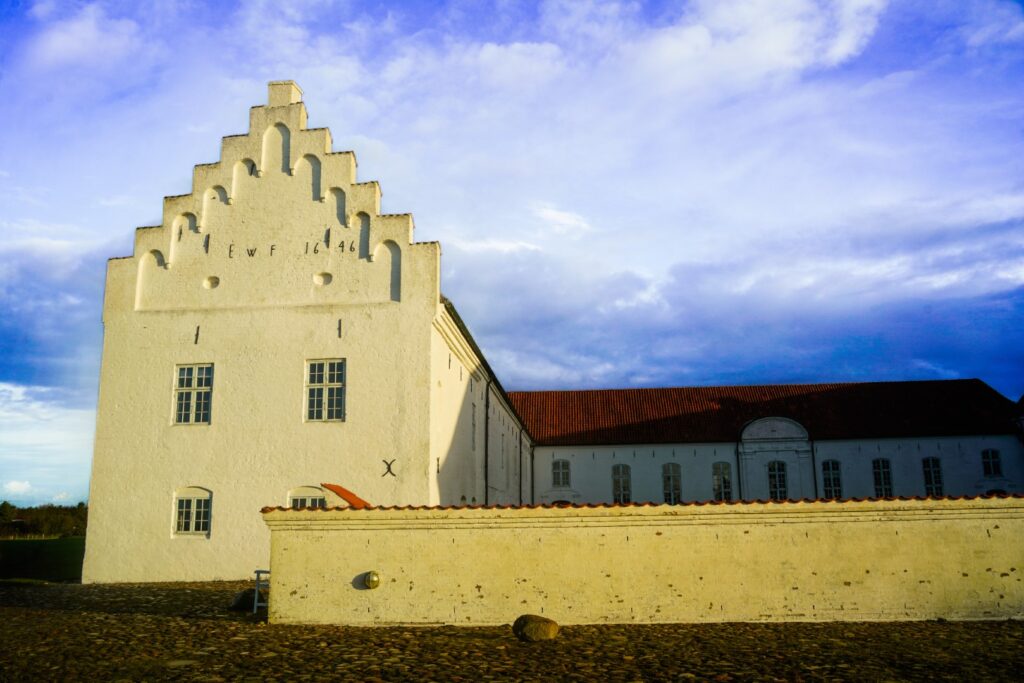
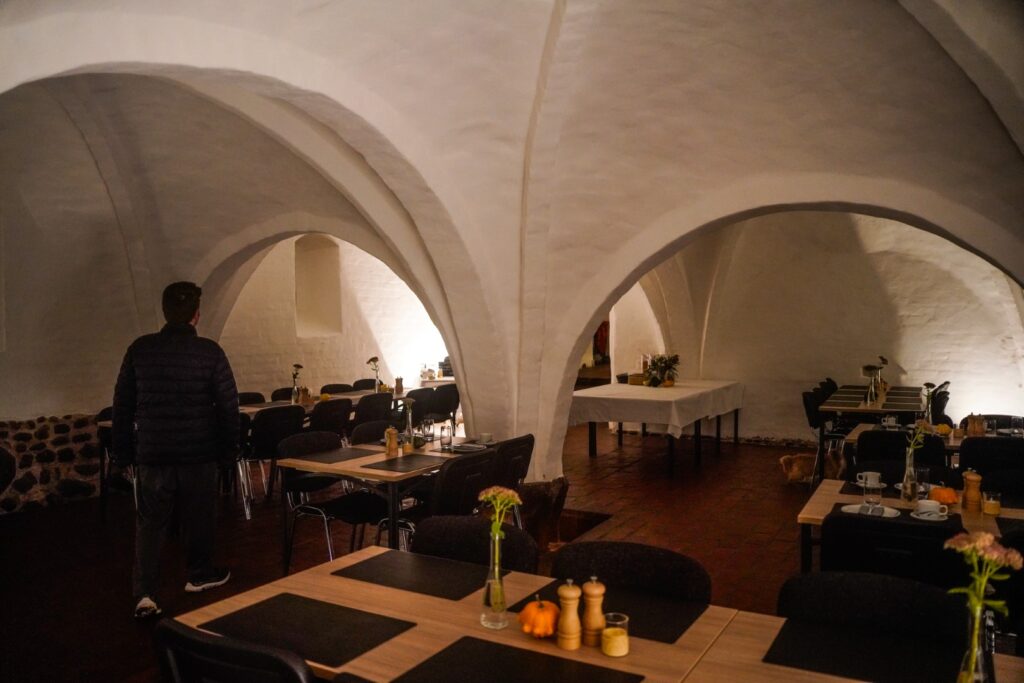
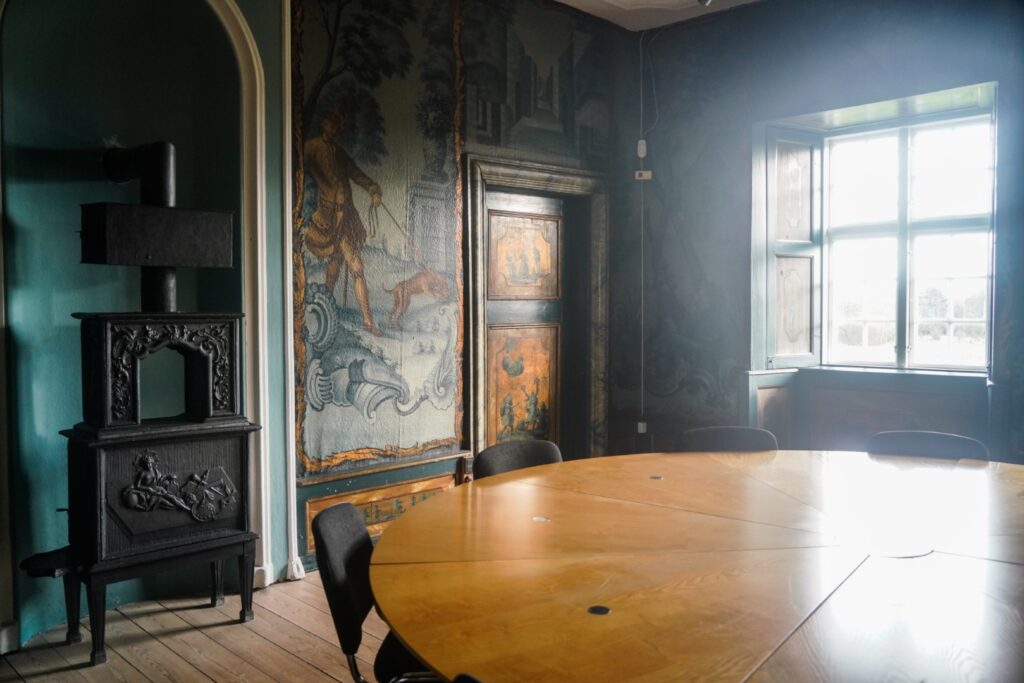
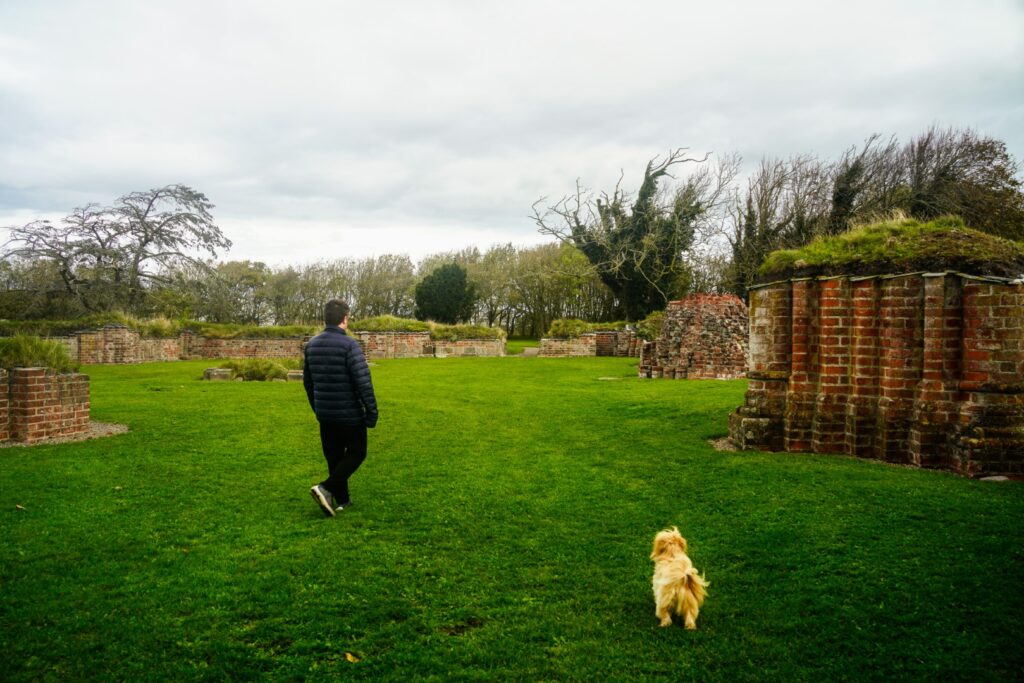
Middelalderborgen Østergård, Denmark
Middelalderborgen Østergård, also known as Salling Østergård, is a 15th-century fortress and later manor, located just south of Limfjorden in Åsted Sogn, Jutland. Protected as a historic site in 1918, it has undergone several renovations since. However, the fortress remains largely in its original state, with worn paint and an atmosphere that feels frozen in time.
What truly sets Østergård apart is its rich history of ghost stories. Nearly every room has its own tale of hauntings, adding to the fortress’s eerie charm. While it isn’t typically open to the public, guided tours can be arranged – something I highly recommend to fully immerse yourself in its fascinating (and spooky!) past. See more details here!
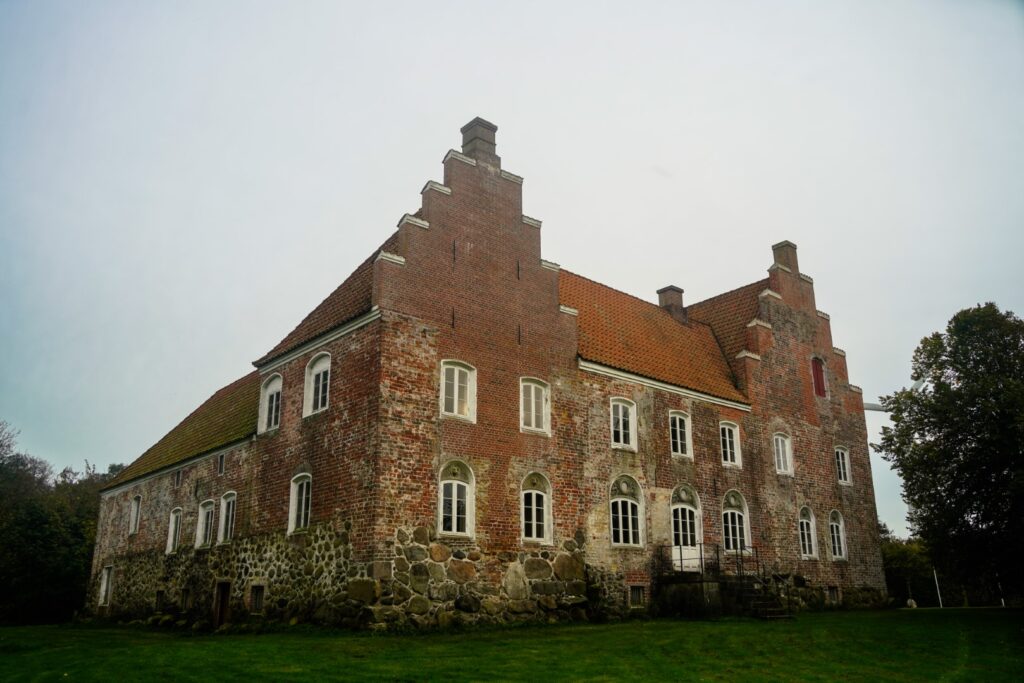
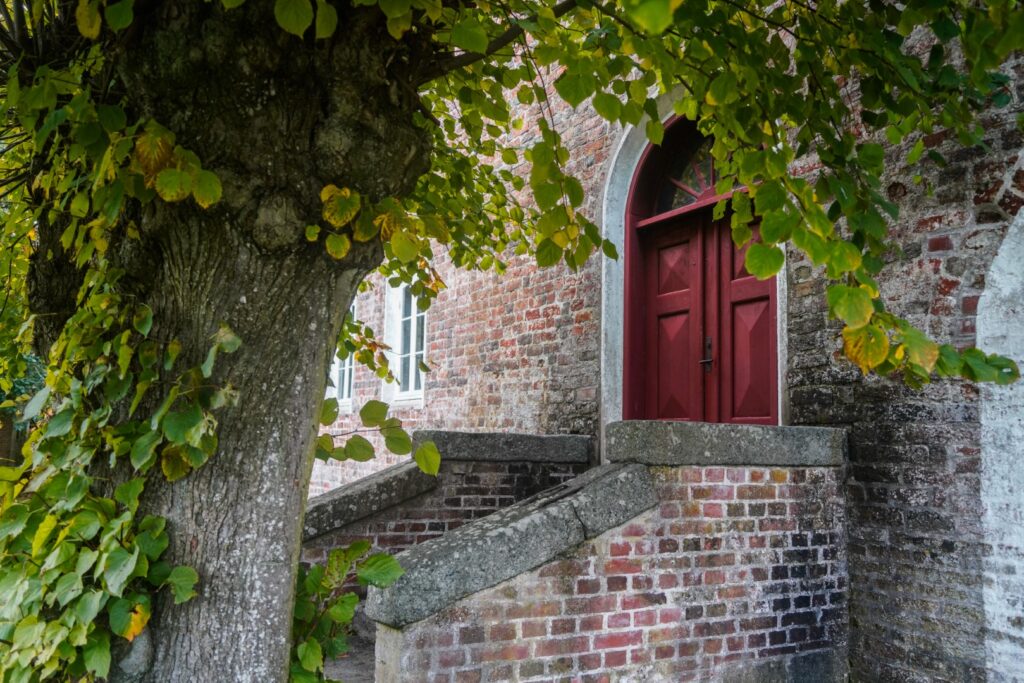
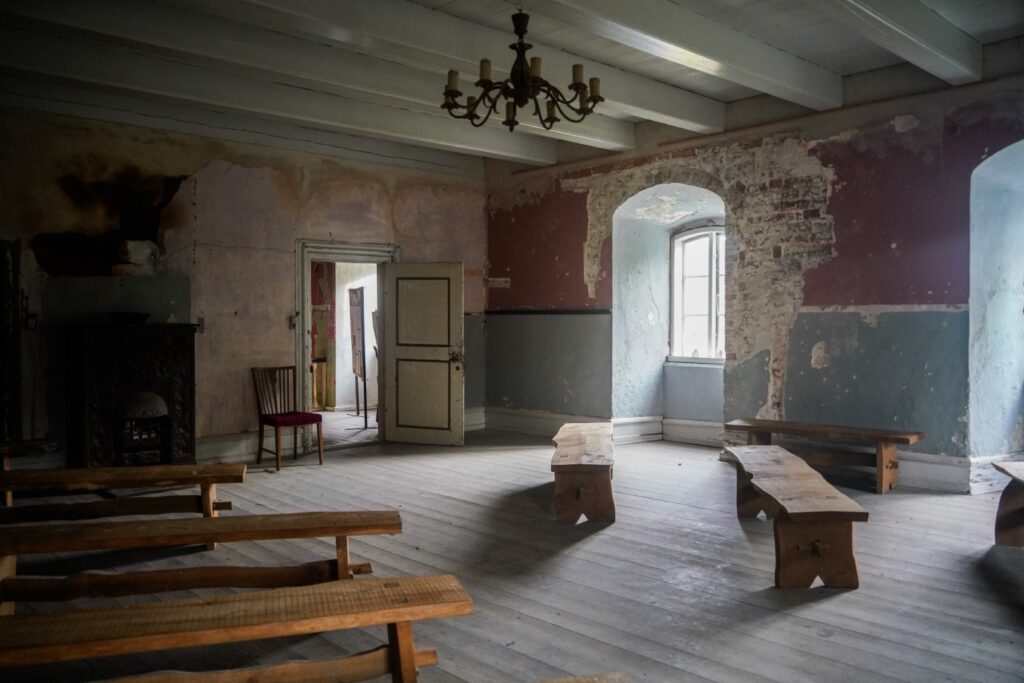
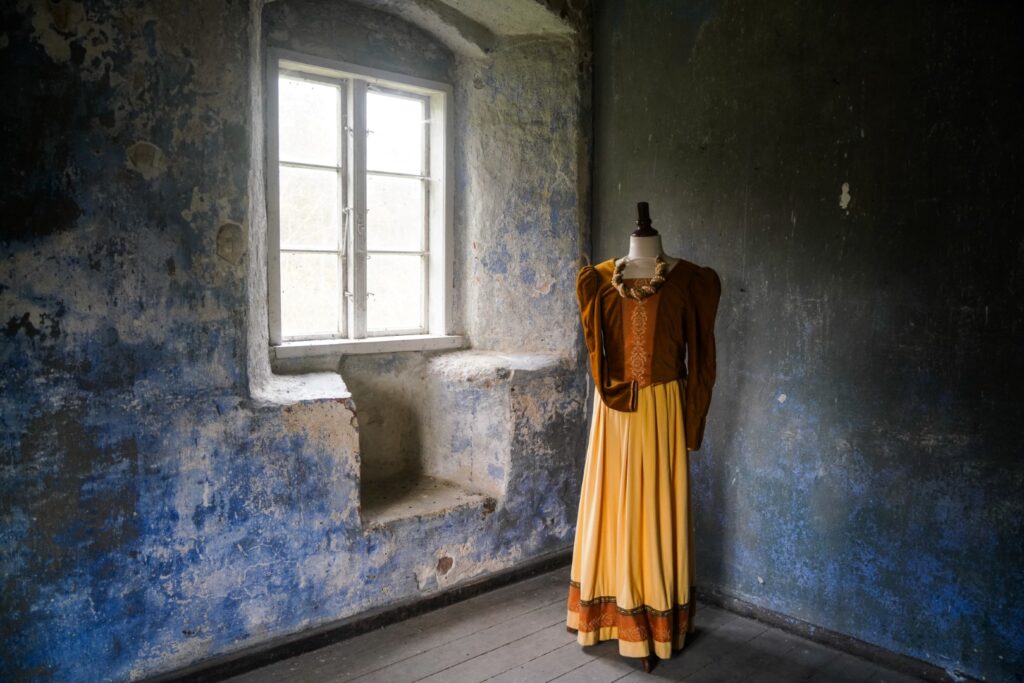
Baarle-Hertog, Belgium/Netherlands
Baarle-Hertog is one of the most fascinating and unique towns in the world, known for its complex and highly unusual border situation. The town is Belgian yet it’s entirely surrounded by the Netherlands and intricately intertwined with the Dutch town of Baarle-Nassau. The town consists of 22 Belgian exclaves, as well as eight Dutch exclaves within the Belgian exclaves – creating a mind-boggling network of counter-exclaves!
This results in a patchwork of borders weaving through streets, businesses, and even private homes – some buildings are literally split between the two countries!
For a geography nerd like me, Baarle-Hertog is an absolutely fascinating place to visit!
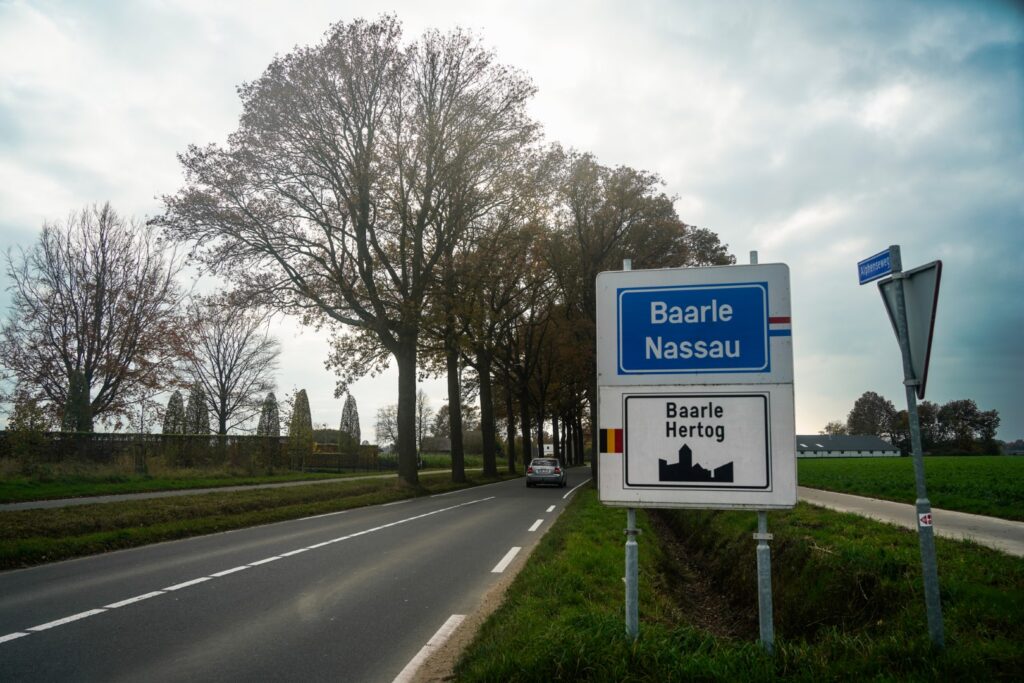
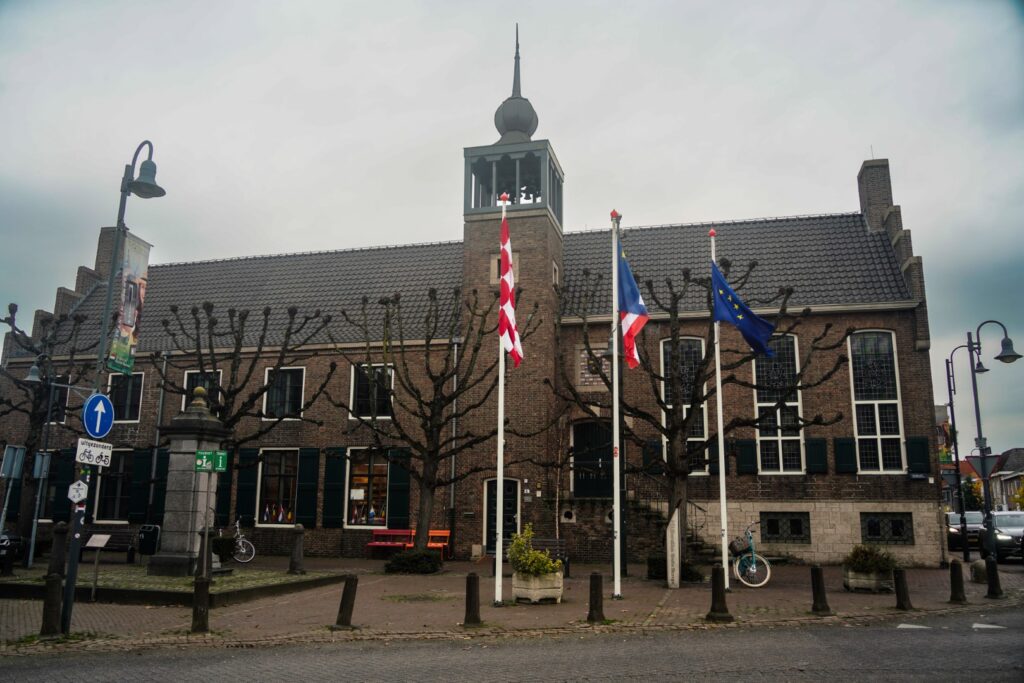
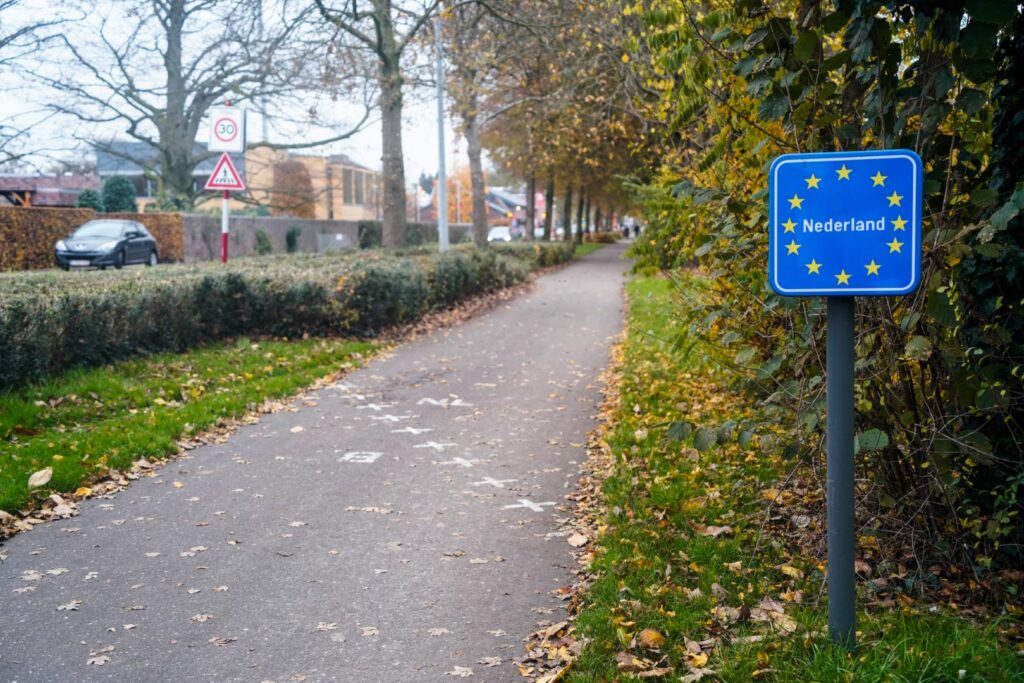
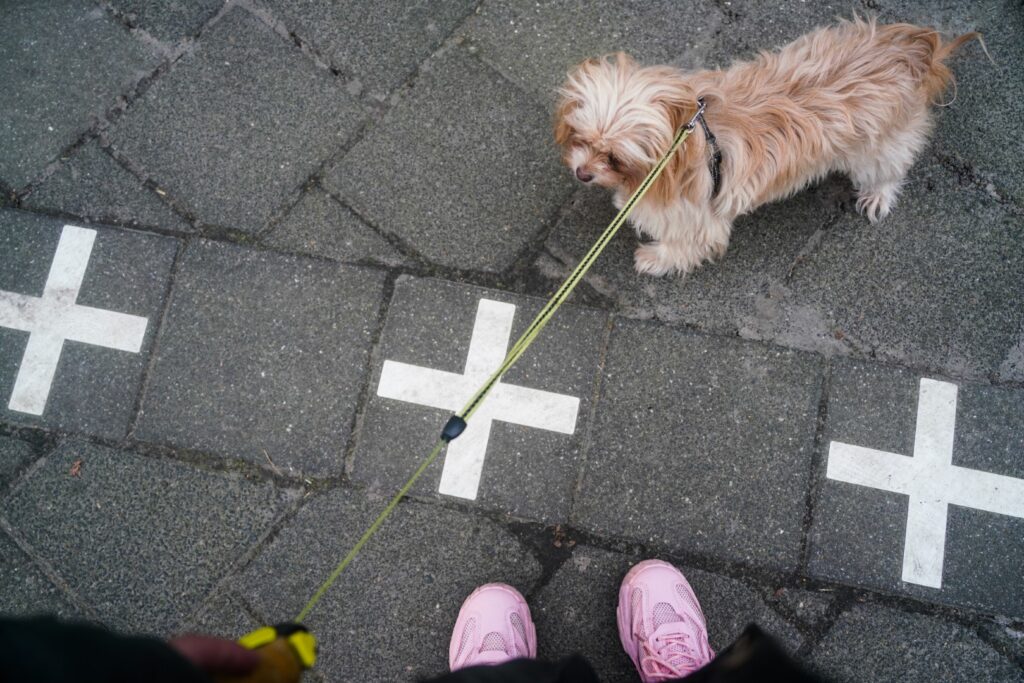
The Lake District, England
“Take me to the lakes where all the poets went to die. I don’t belong, and my beloved, neither do you…”
Truer words have never been sung! And just like Taylor Swift, I absolutely had to make a stop at the Lake District on my roadtrip from Denmark to Scotland.
This breathtaking region is known for its stunning lakes, rolling hills, and rugged mountains, as well as for being the birthplace of famous poets such as William Wordsworth. As England’s largest national park and a UNESCO World Heritage Site, the Lake District has long been a favourite escape for hikers and anyone seeking tranquility in the countryside.
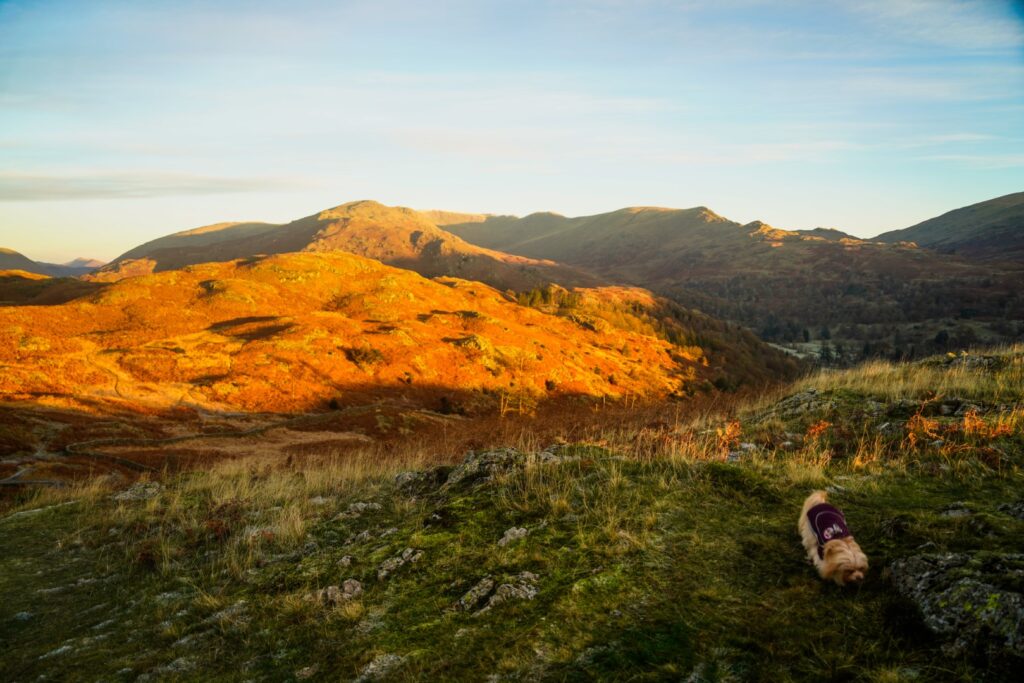
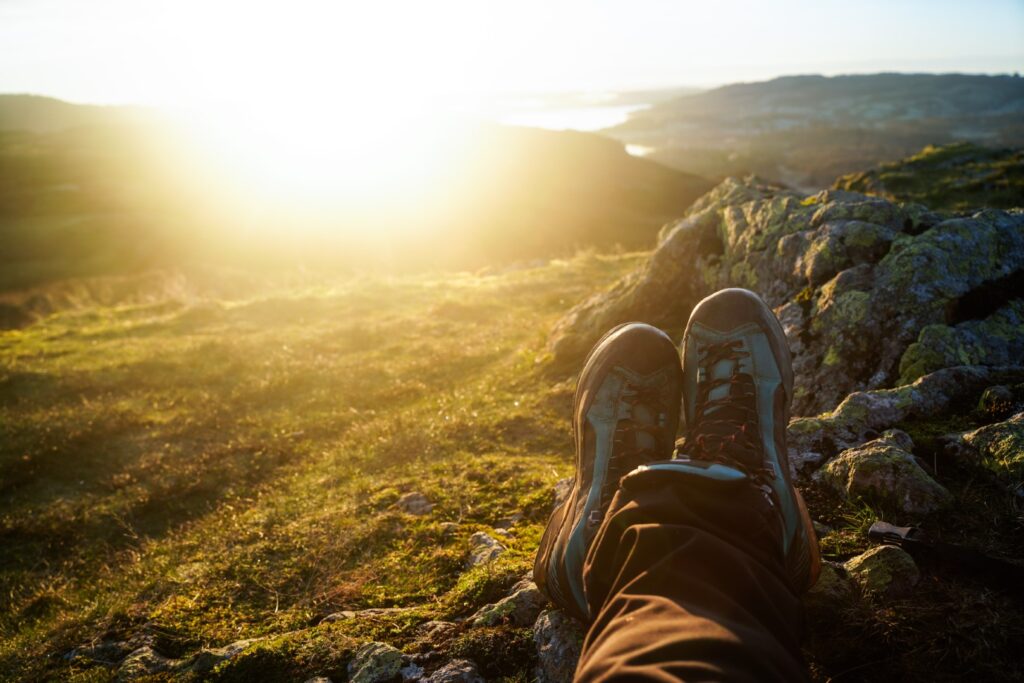
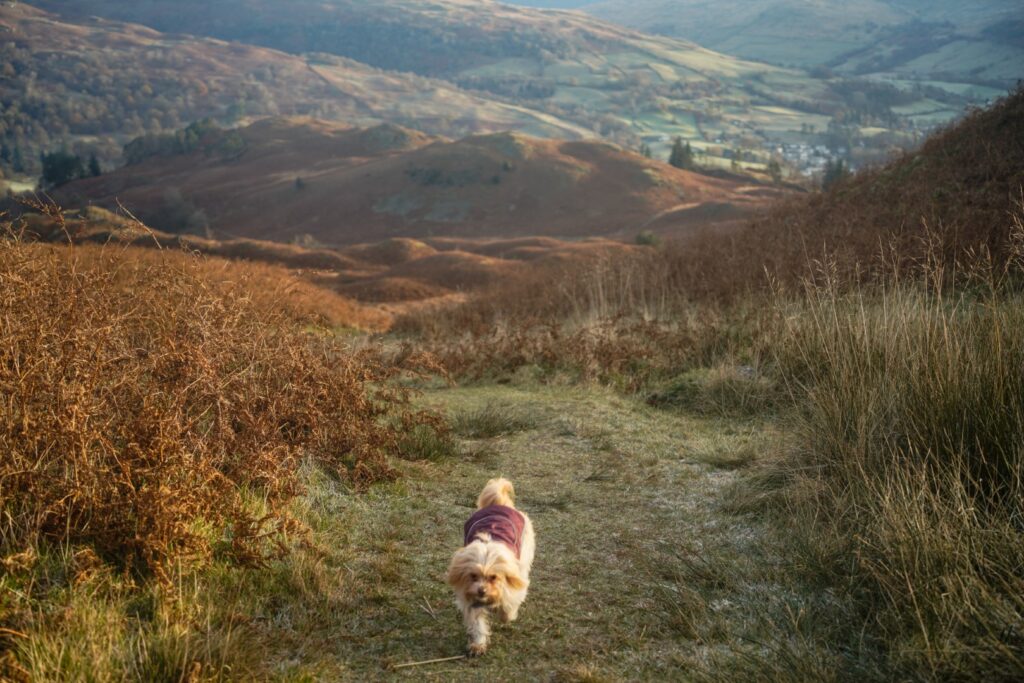

Frisia, Netherlands
Frisia is a historical region in the Netherlands, home to the Frisian people, who have their own distinct dialect, culture and traditions. Known for its vast lakes, open landscapes, the UNESCO-listed Wadden Sea, and for being the least populated region in the country, Frisia has a unique charm that sets it apart from the rest of the Netherlands.
With such a large area to explore, choosing where to go in Frisia can be a challenge. For my day in the region, I decided to visit the historic towns of Franeker and Dokkum – both of which I highly recommend. Franeker stands out for its scenic canals and the Eise Eisinga Planetarium, the oldest functioning planetarium in the world, while Dokkum captivates with its well-preserved fortifications and two iconic windmills.
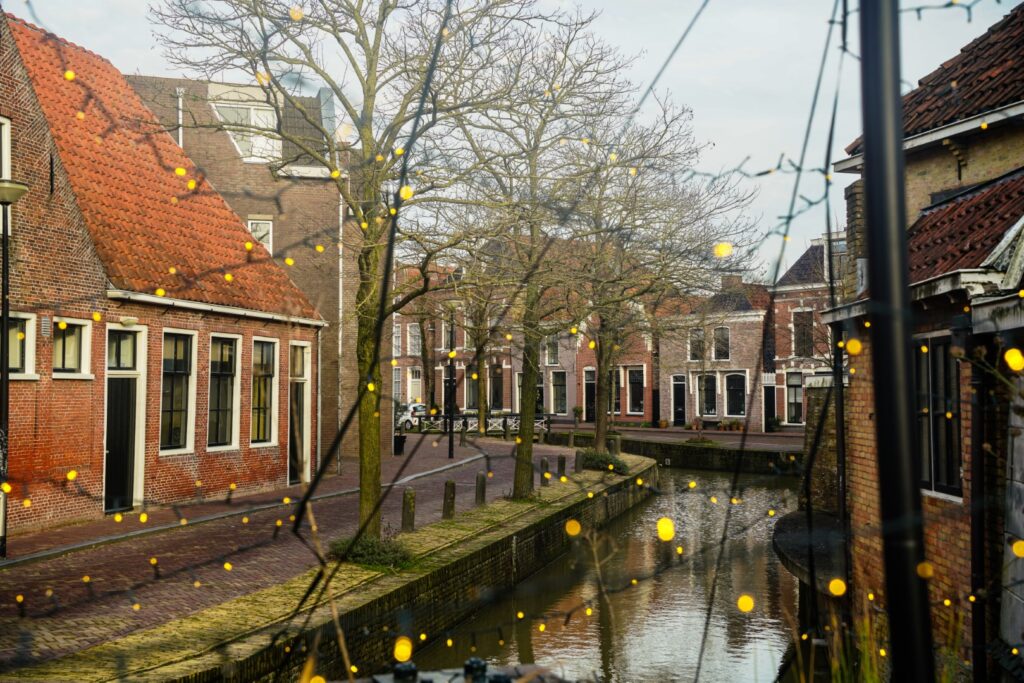
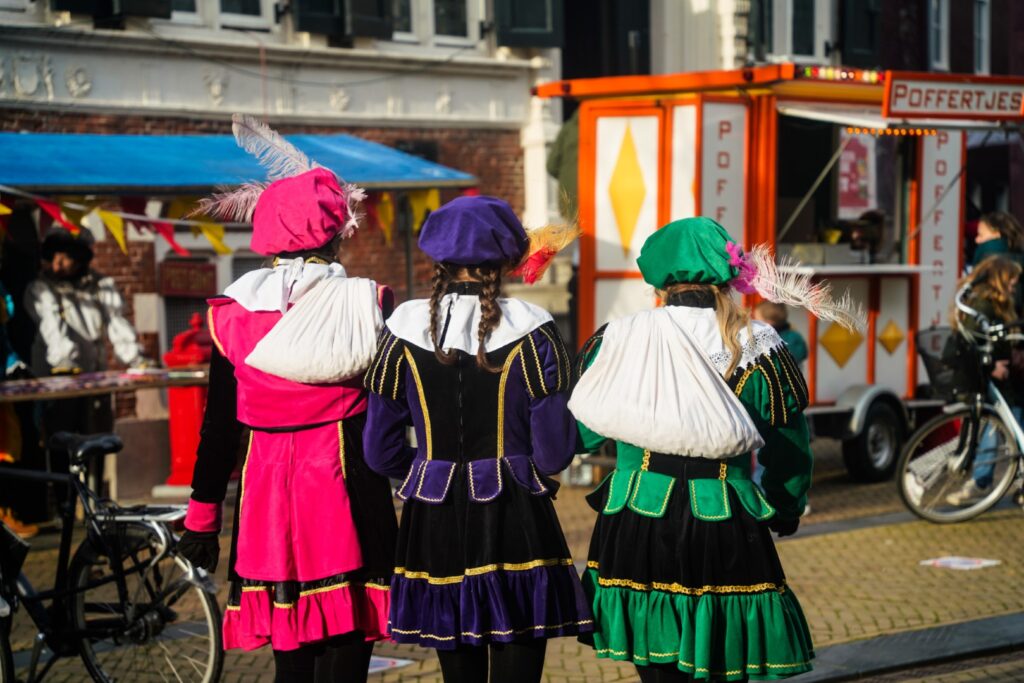

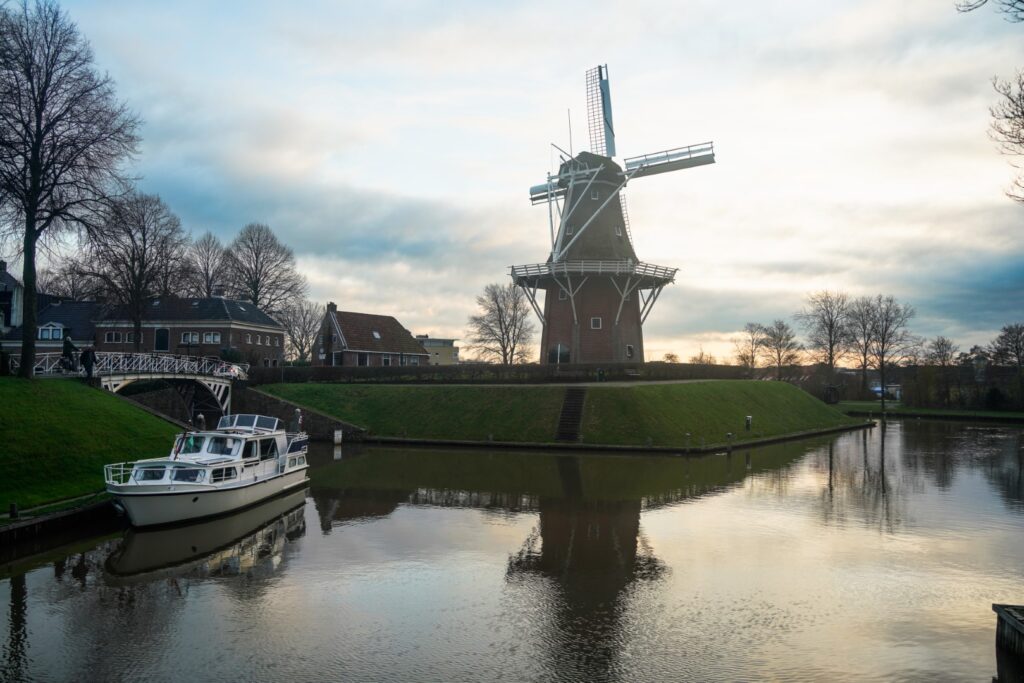
Rudbøl/Rosenkrantz, Denmark/Germany
The Rudbøl/Rosenkrantz is a small yet fascinating international border crossing between Denmark and Germany, running right through the middle of the main street!. It separates the Danish village of Rudbøl and the German village of Rosenkrantz. A simple line of stones marks the border, allowing visitors to stand in both countries at the same time – right in the middle of a town, no less!
Beyond this odd border, both villages are worth a visit for their traditional West Schleswig farms, characterized by red brick walls and thatched roofs.
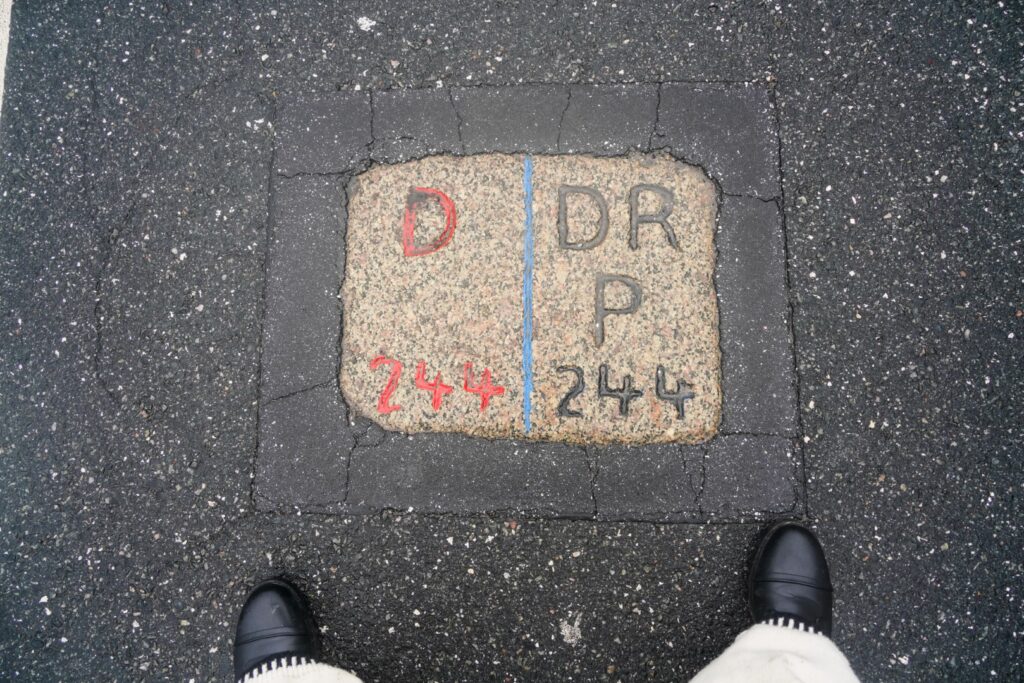
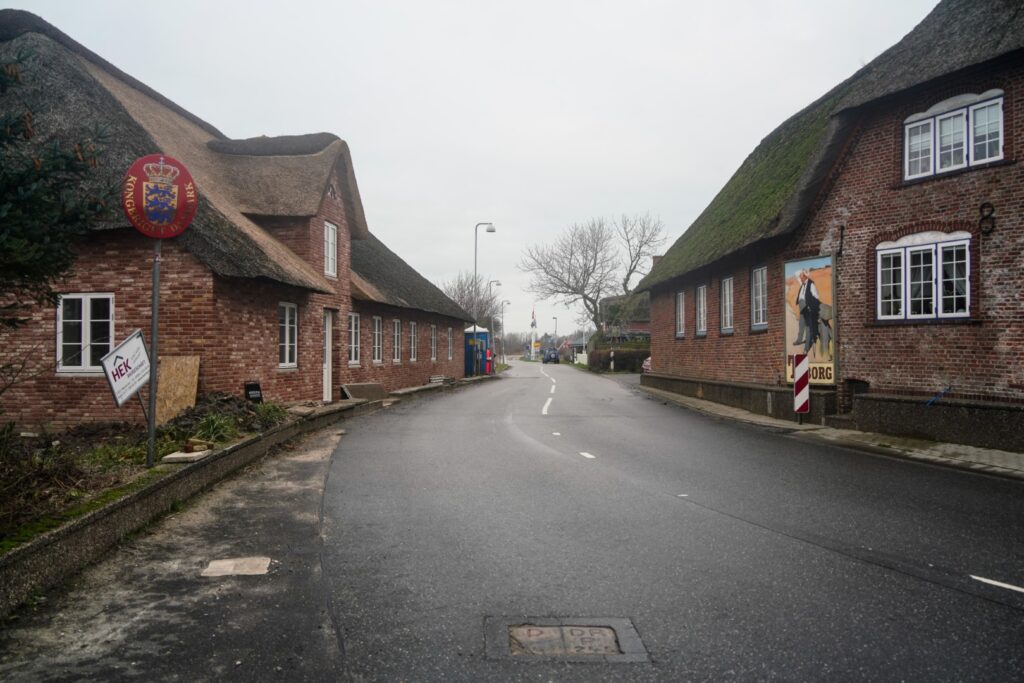
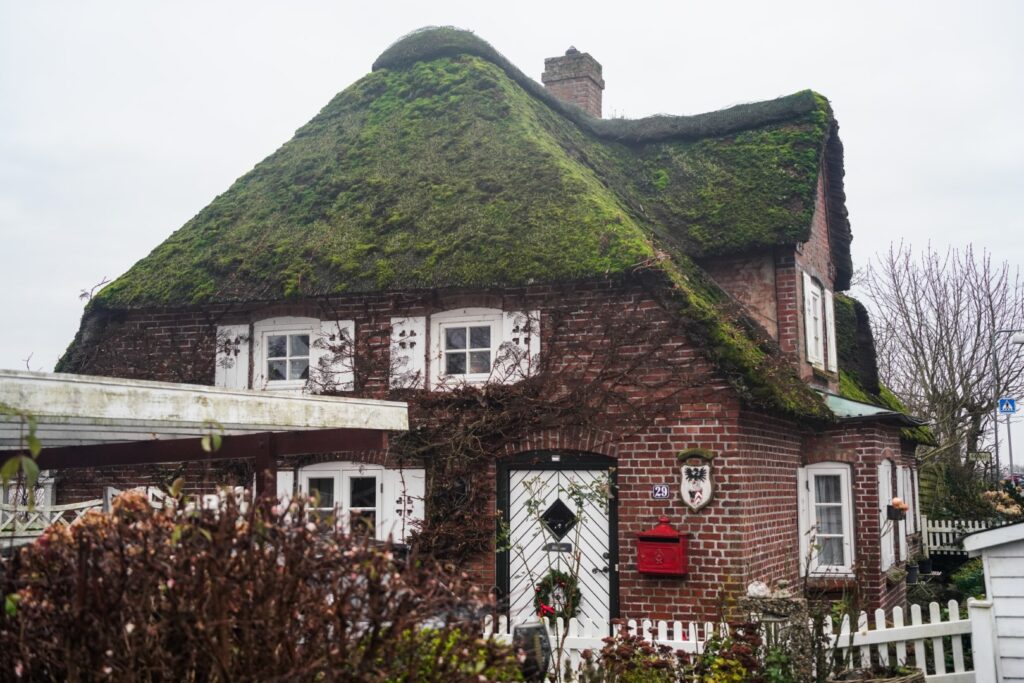
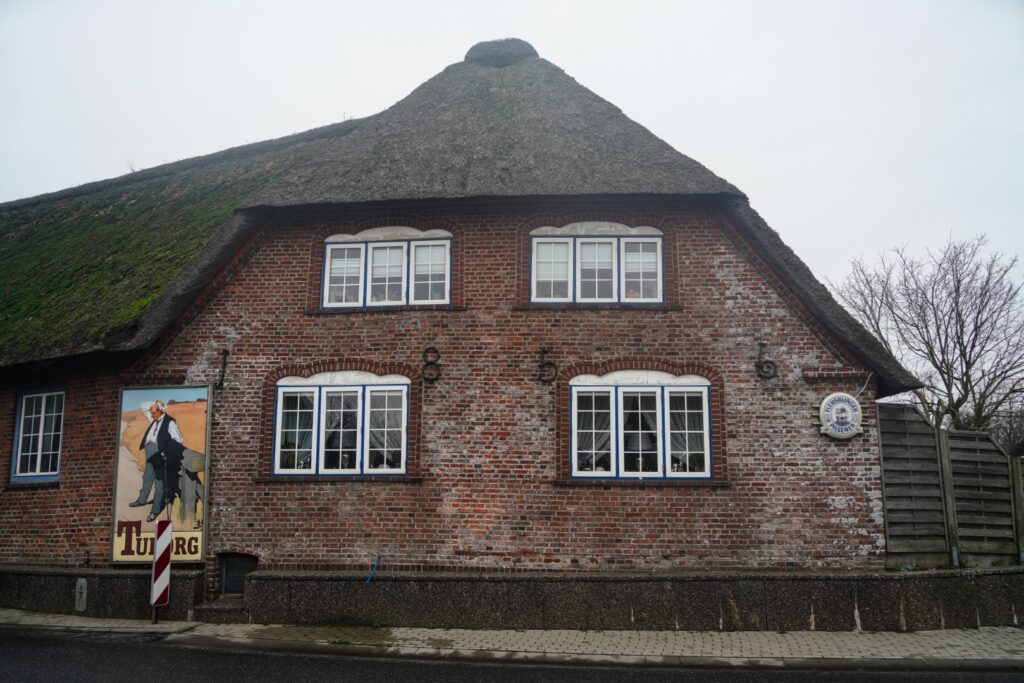
My top 5 favourite new places of 2024
Below are the places that I truly loved this year:
- The Lake District, England
- Thylejren, Denmark
- Procida, Italy
- Vrångö, Gothenburg archipelago, Sweden
- Sprogø, Denmark
Other new places that I visited in 2024
- Scotland: Gardenstown, Pennan, Fraserburgh
- Denmark: Tved Plantage, Hanstholm, Dybdalsgave, Vorupør, Vildsund, Stenbjerg Landingsplads, Tømmerby, Hanstholm Vildtreservat, Klitmøller, Hurup Thy, Fur, Agger Tange, Lundehøj Jættestue, Oldtidskirkegården ved Ydby Hede, Vestervig, Fjerritslev, Klim, Thorup Strand, Skive, Rønbjerg, Tørning Mølle, Rødekro, Todbjerg
- France: Versailles
- Sweden: Gothenburg
- Czech Republic: Ústí nad Labem
- Italy: Mount Vesuvius, Herculaneum
- Netherlands: De Lutte, Boxtel, Raamsdonksveer
- England: Tutbury, Carham
- Scotland: Bullers of Buchan, Boddam, The Ba Green
- Germany: Schleswig
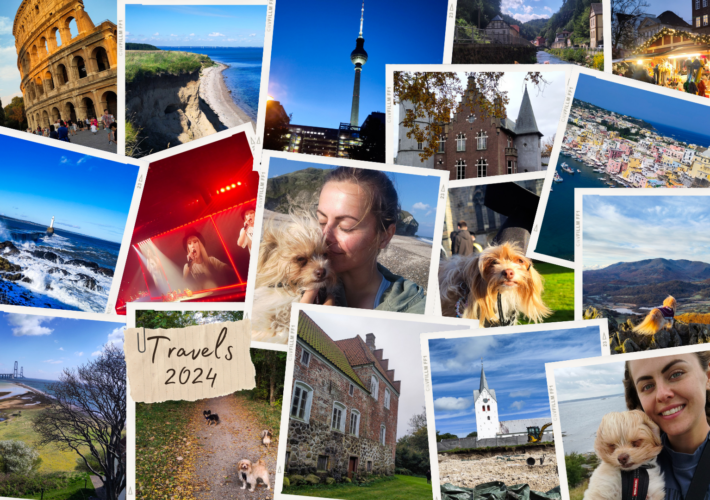
Leave a Comment